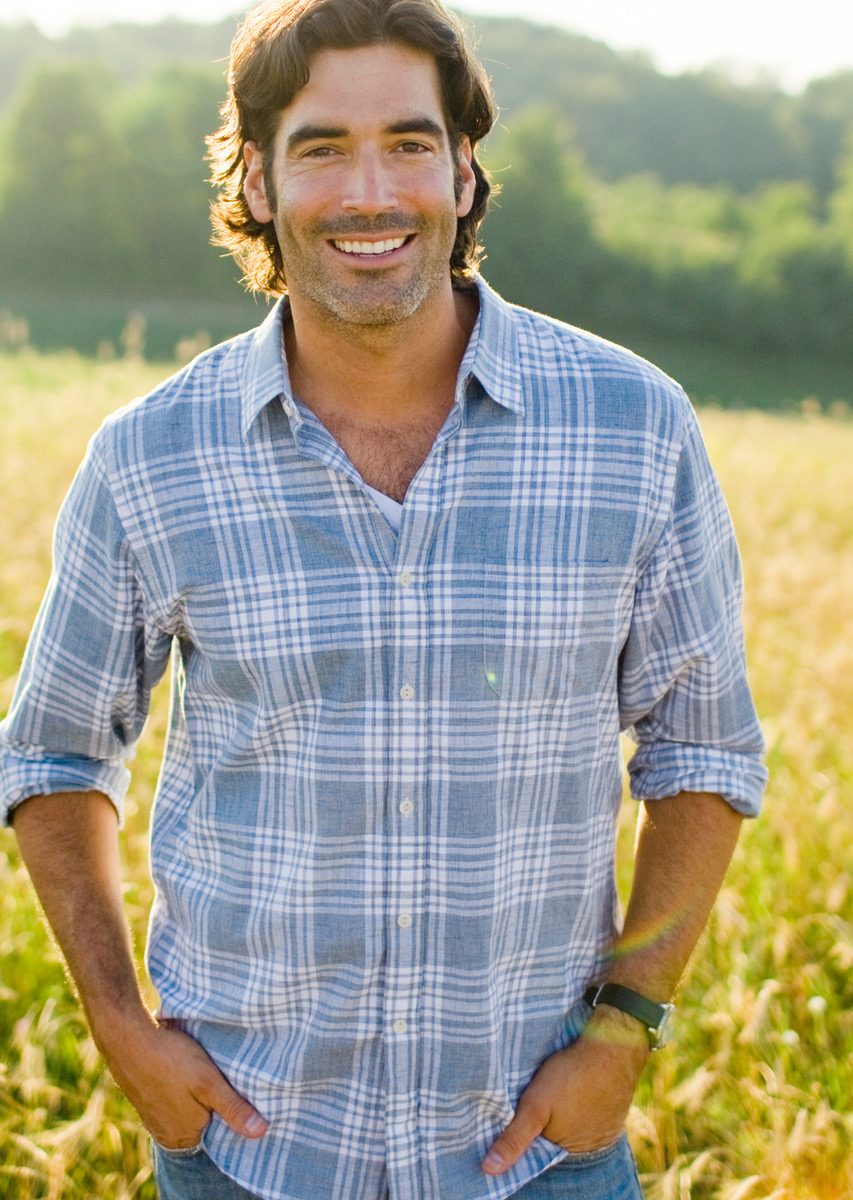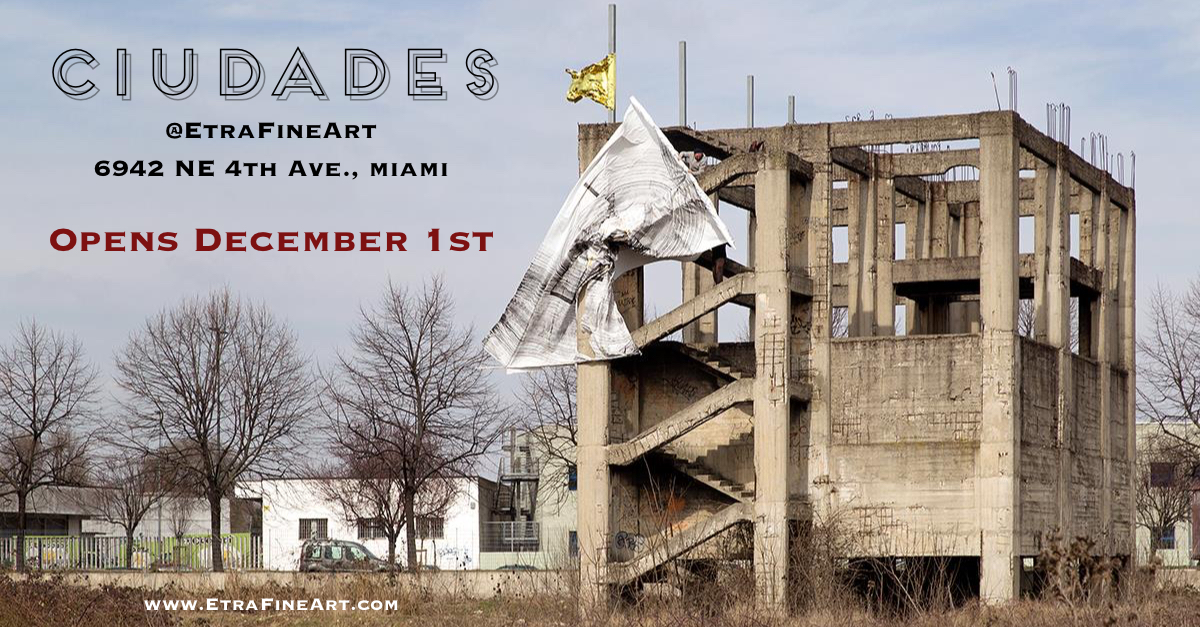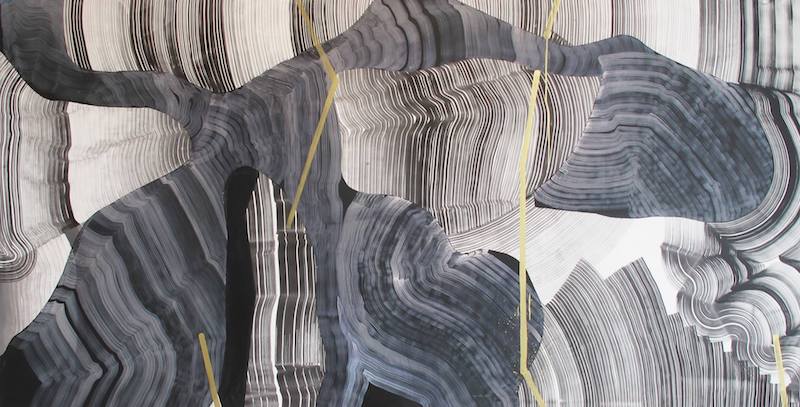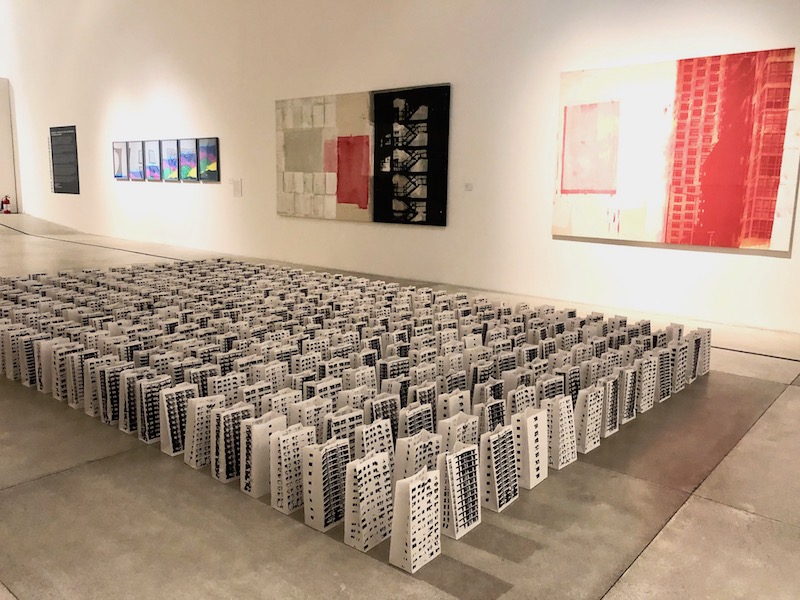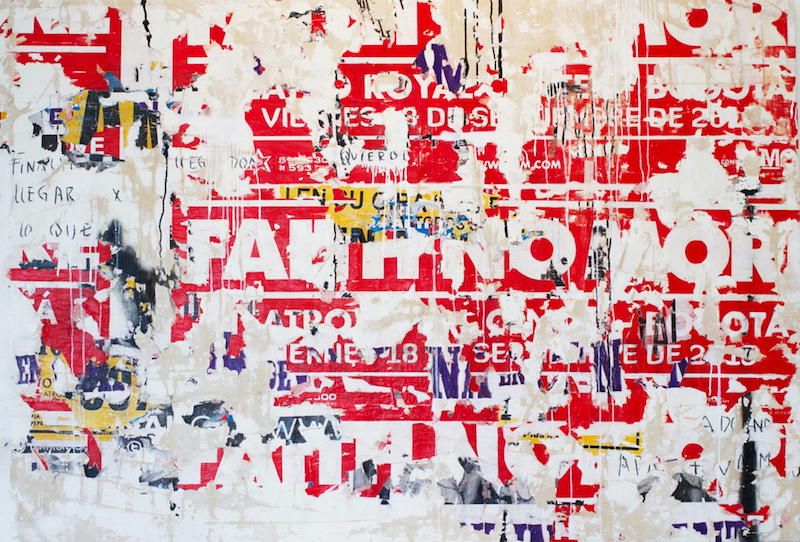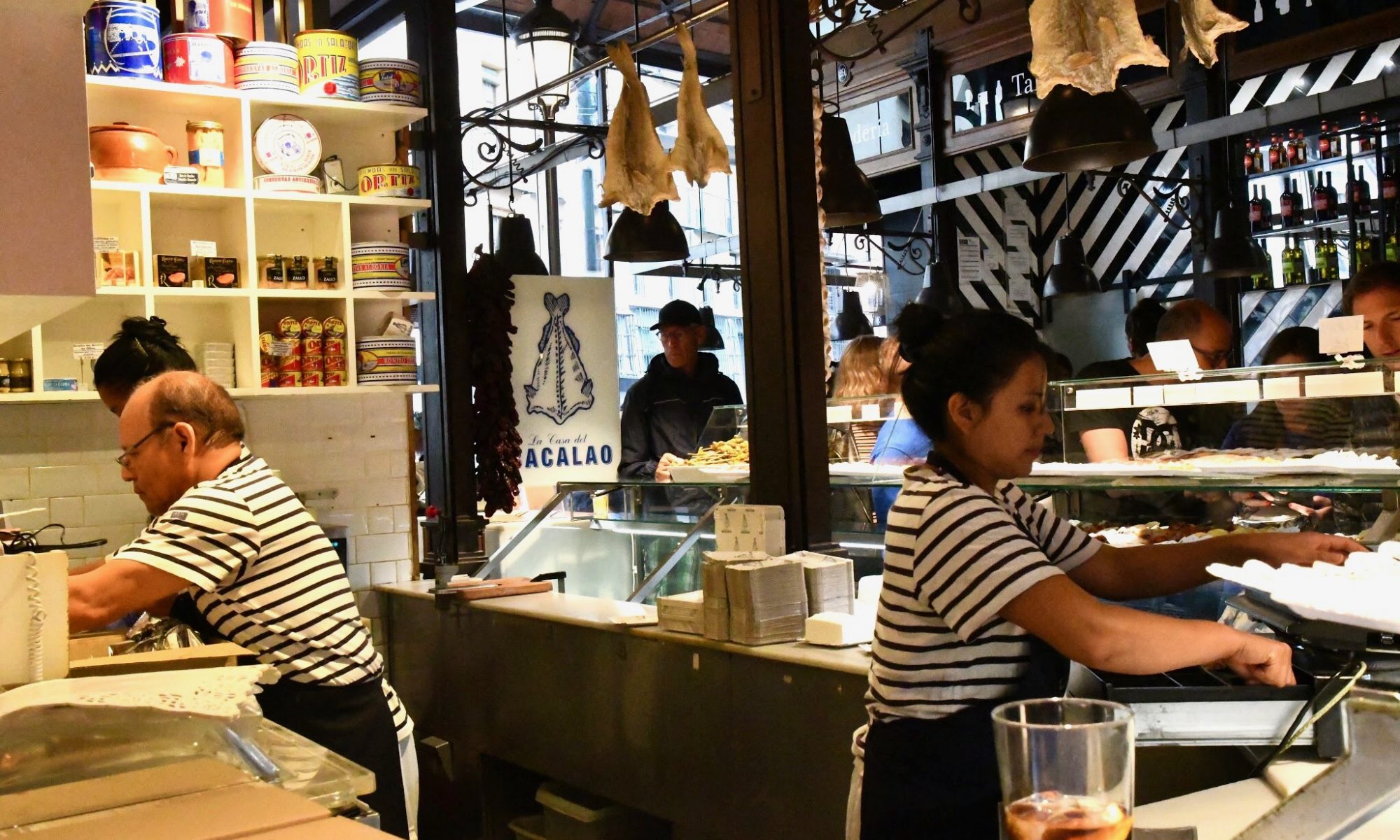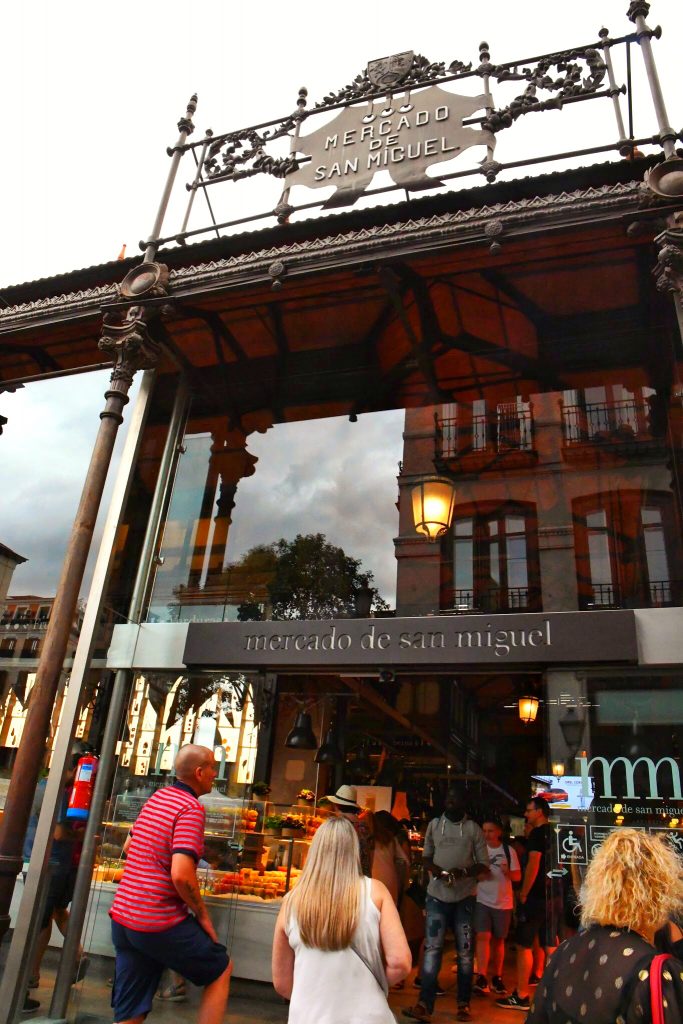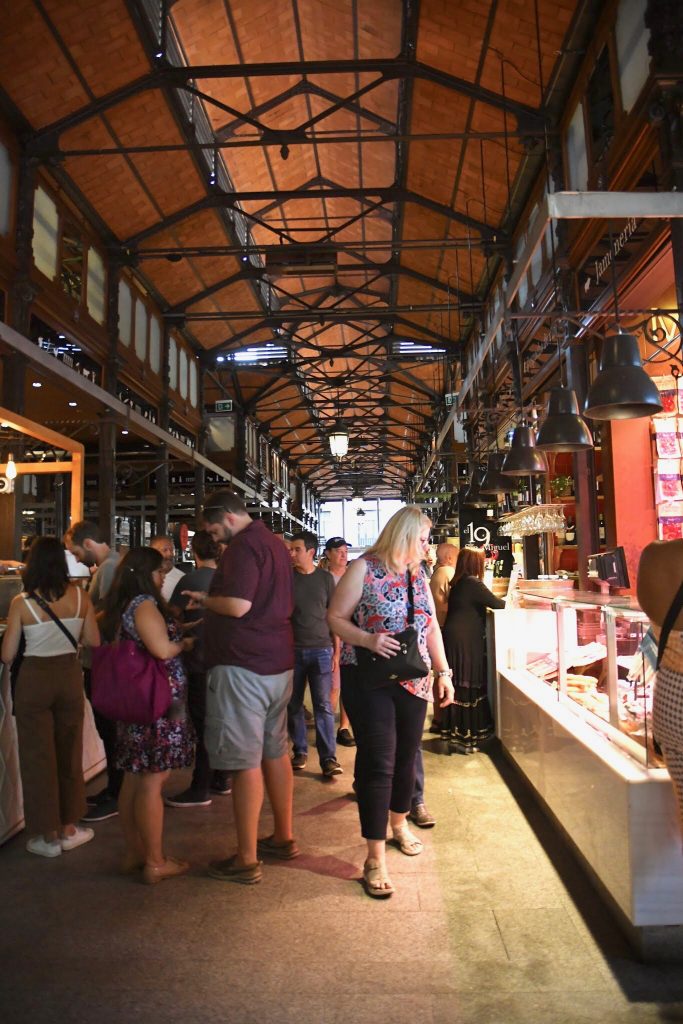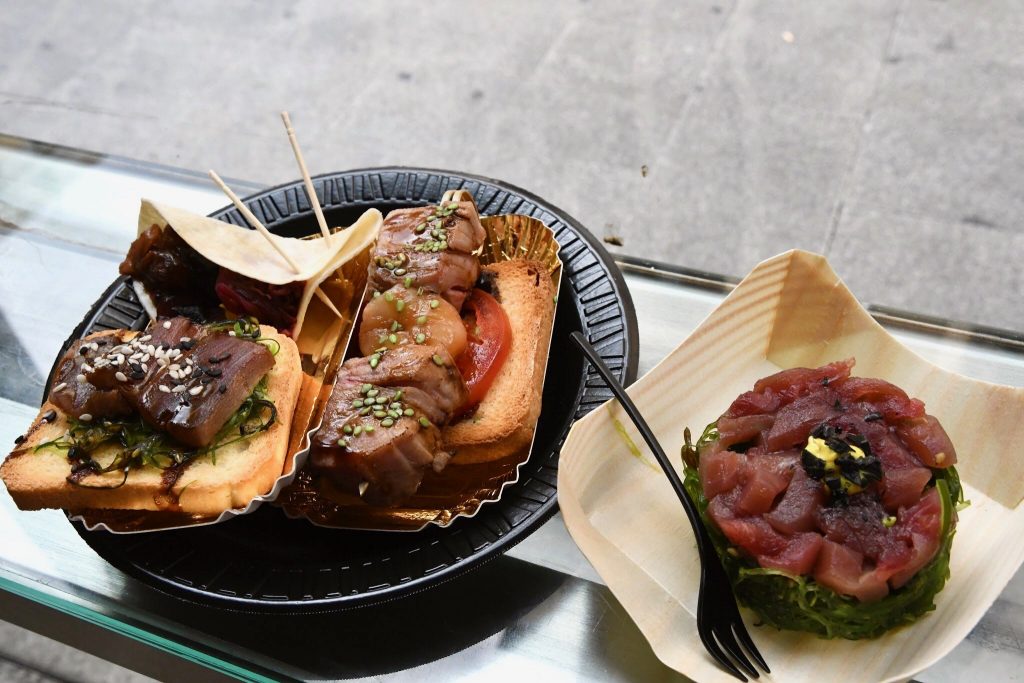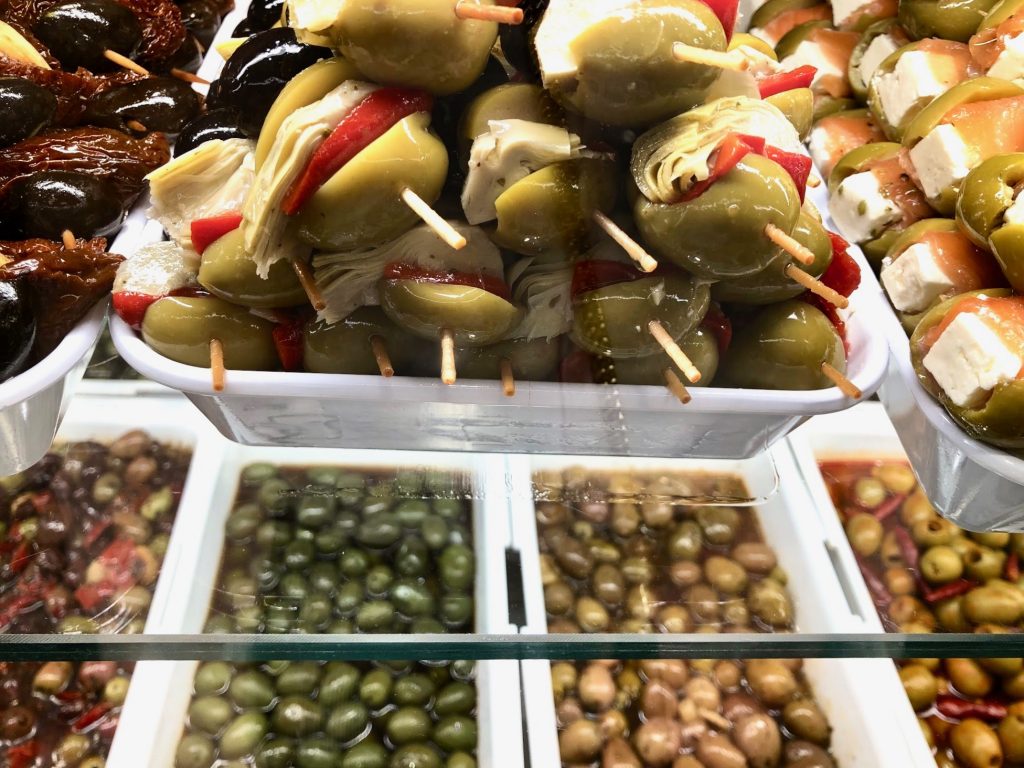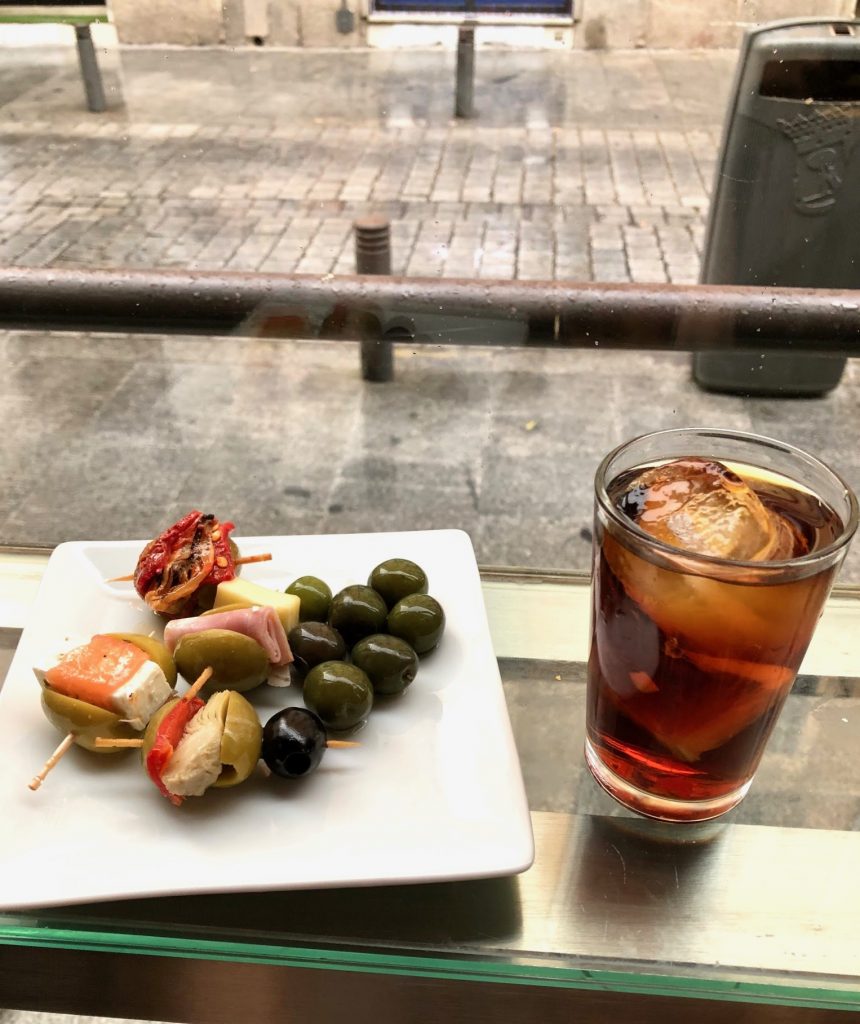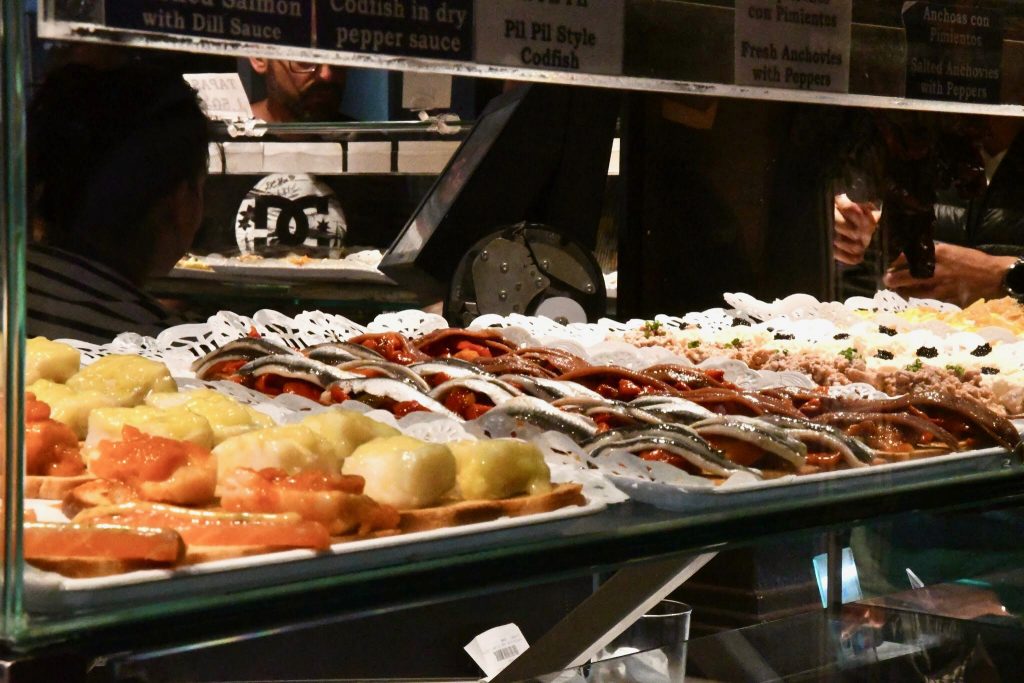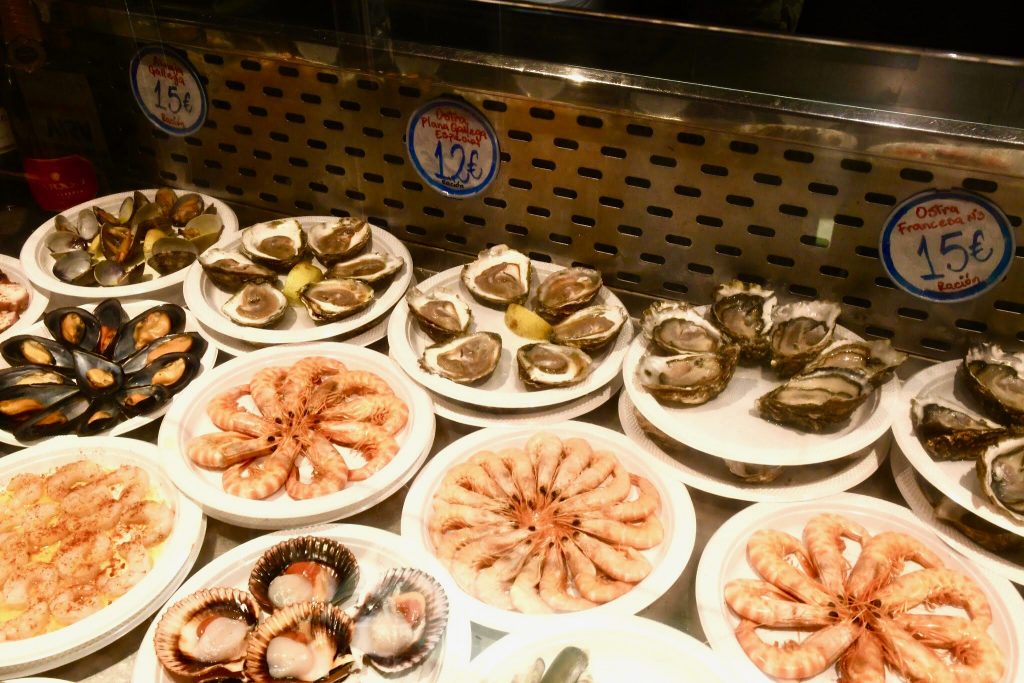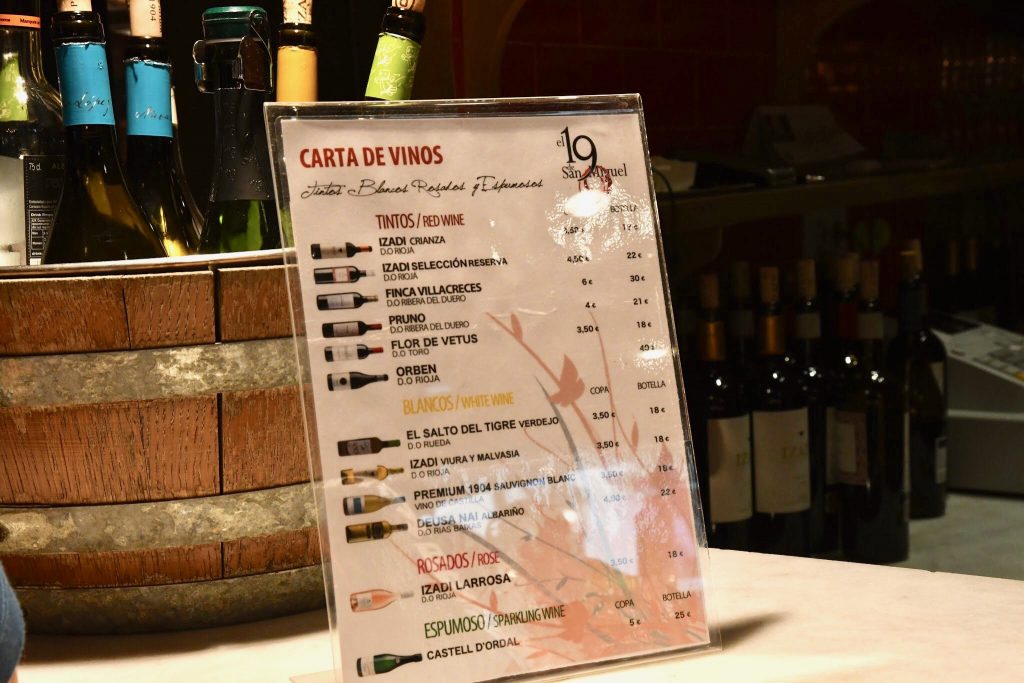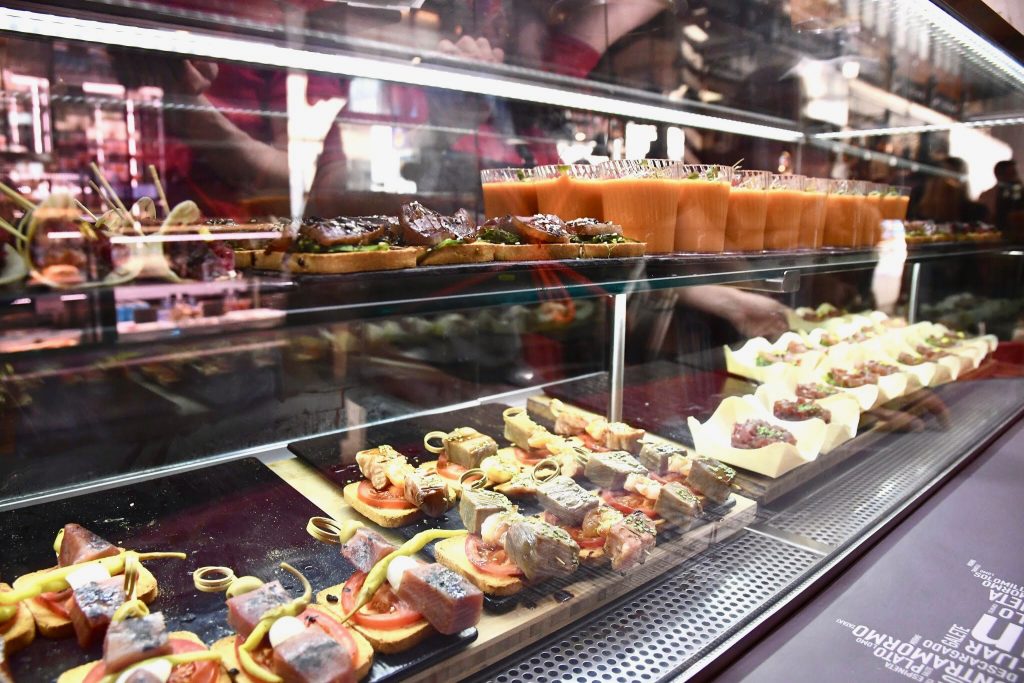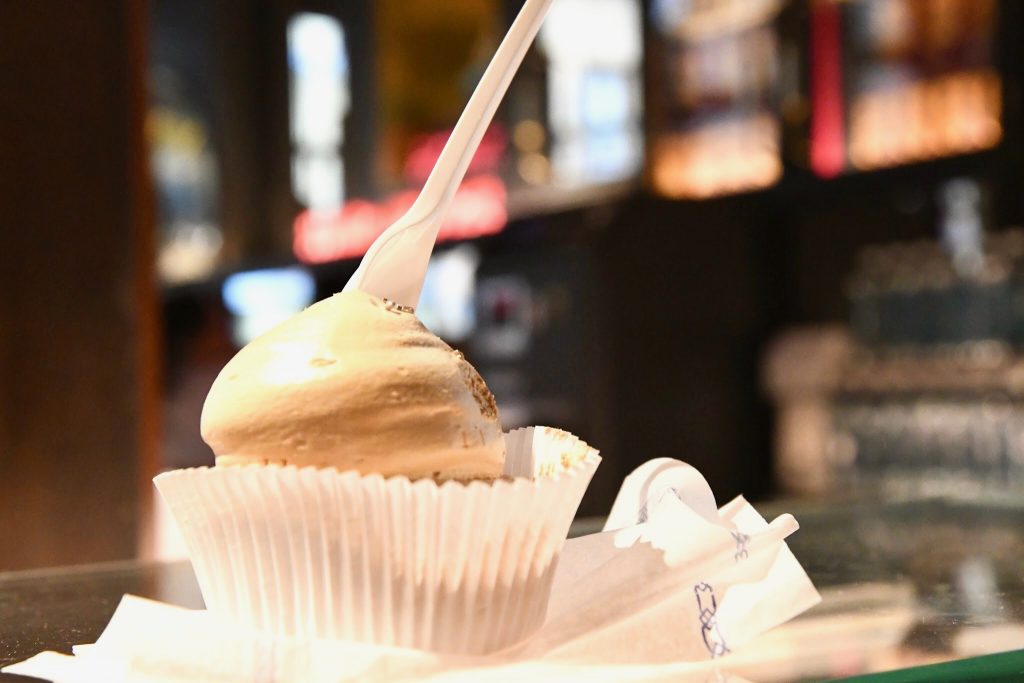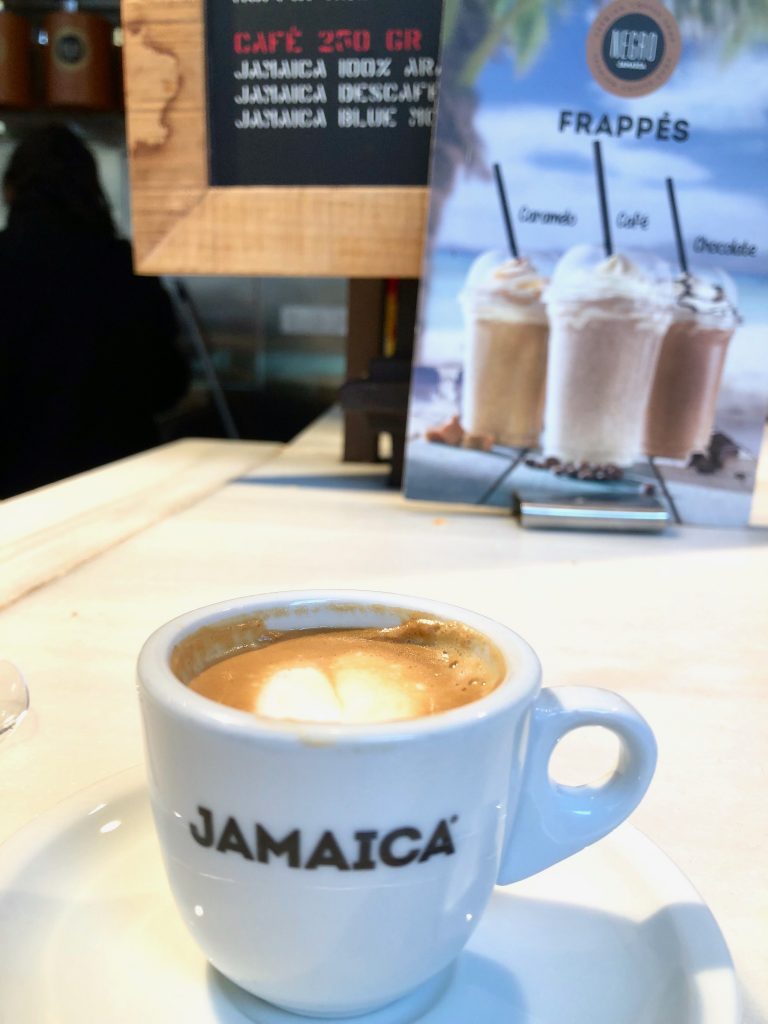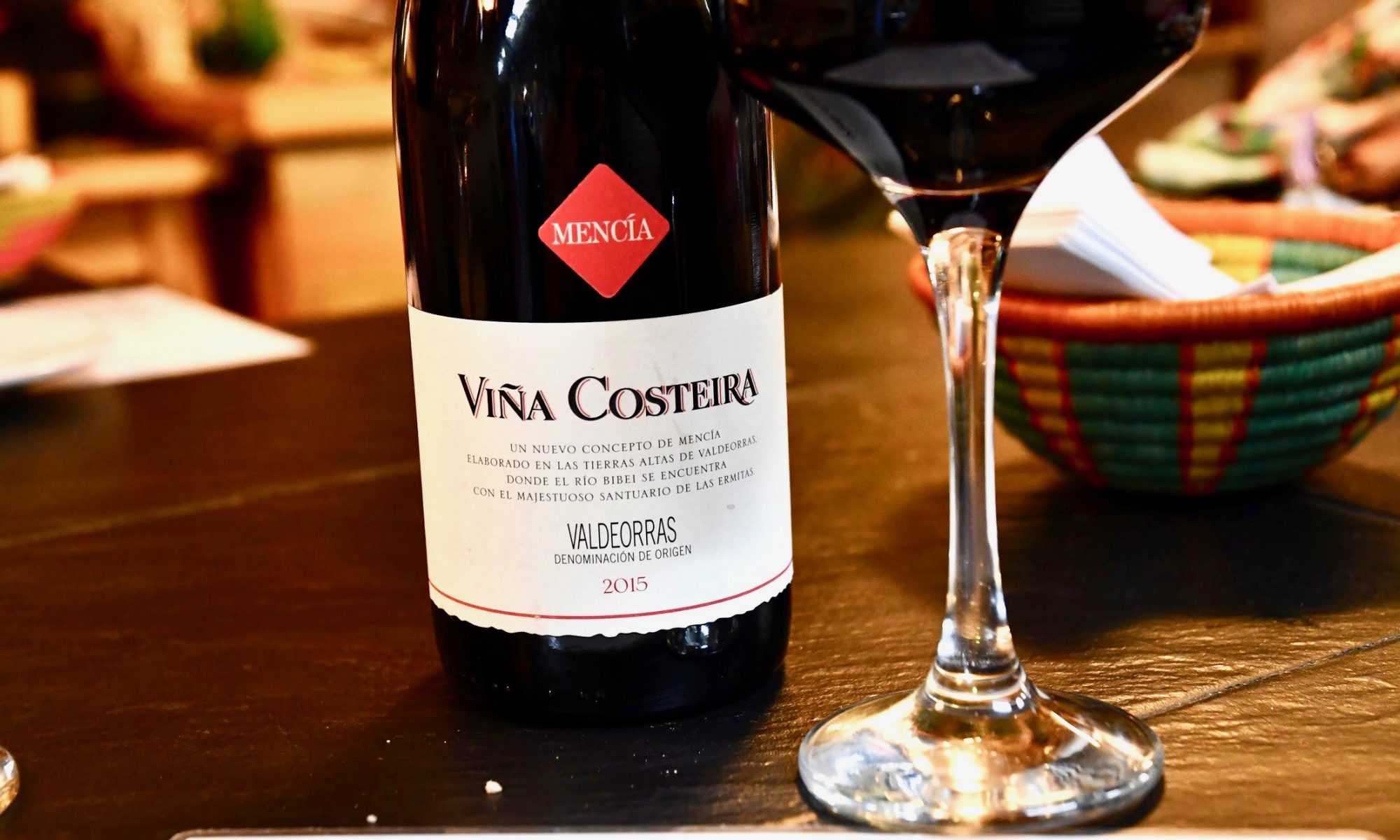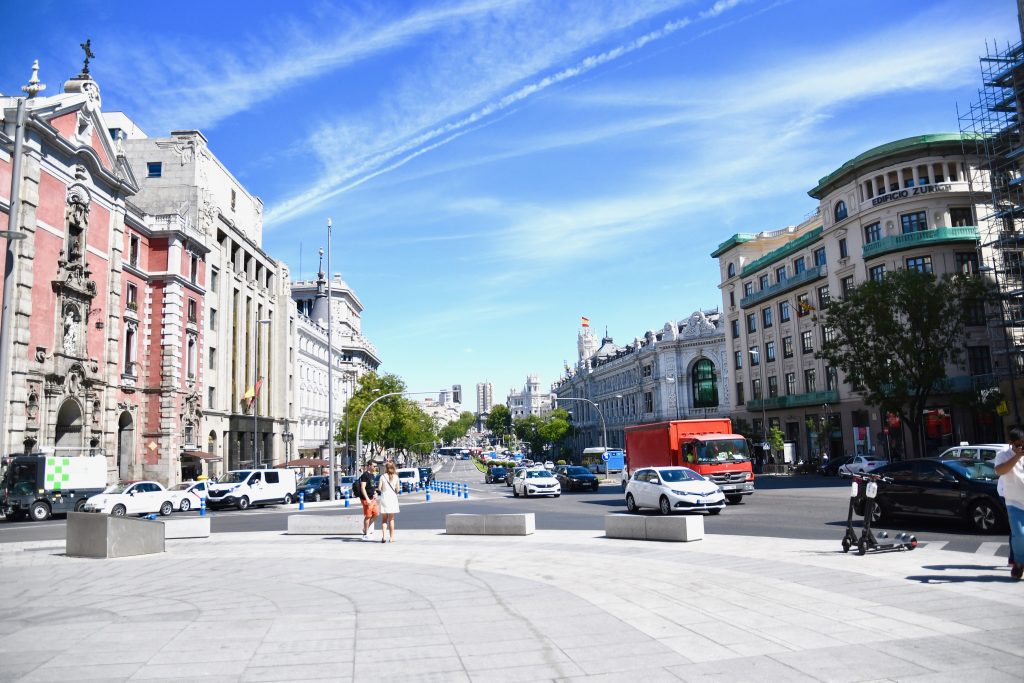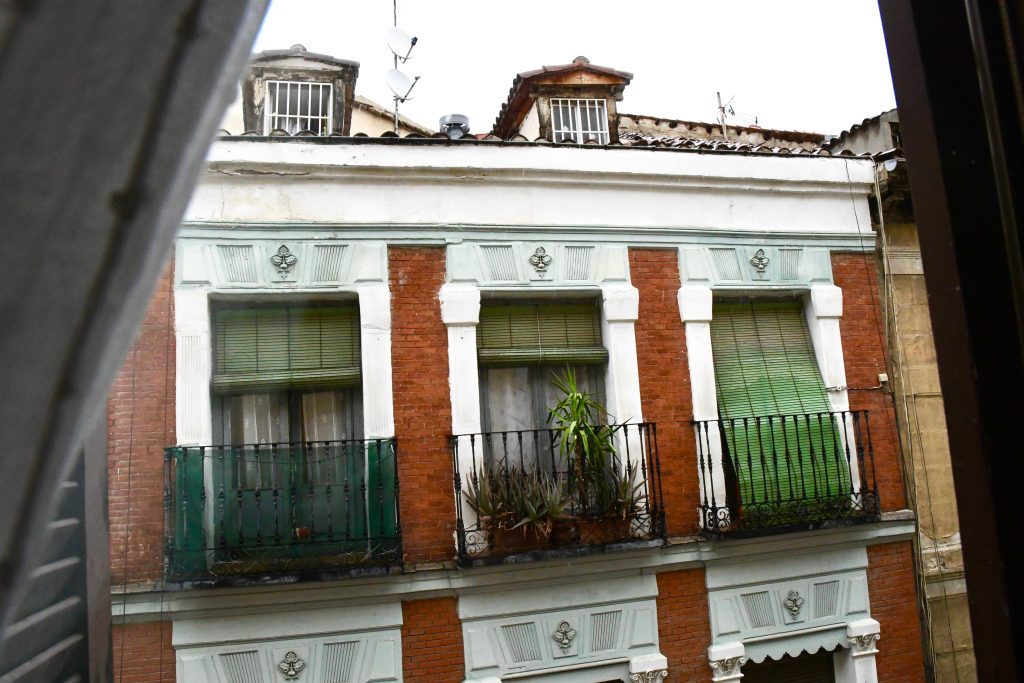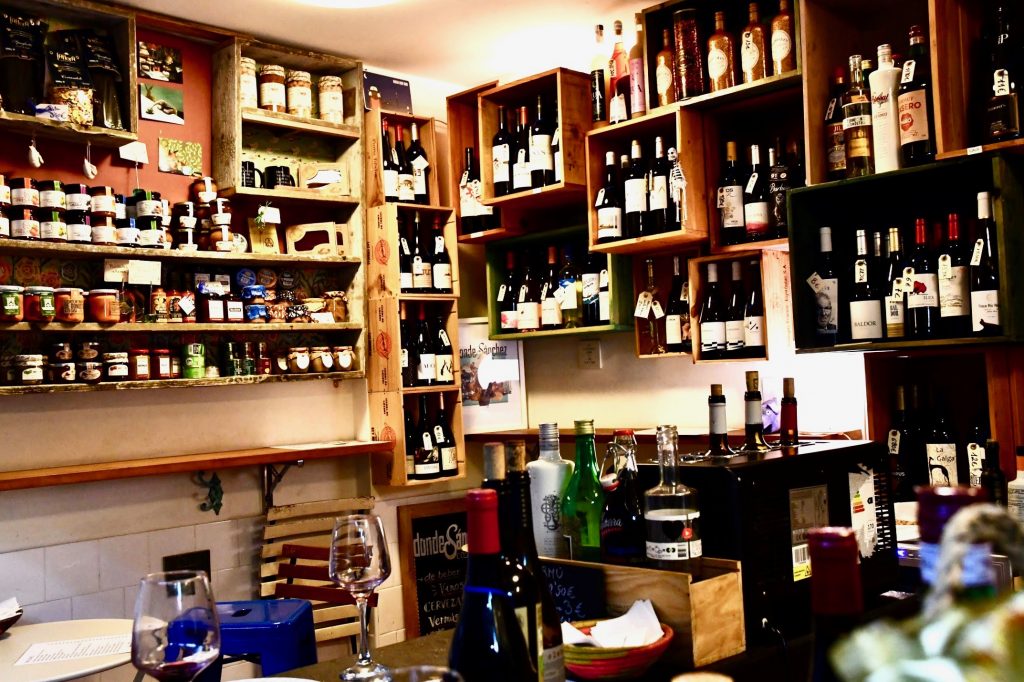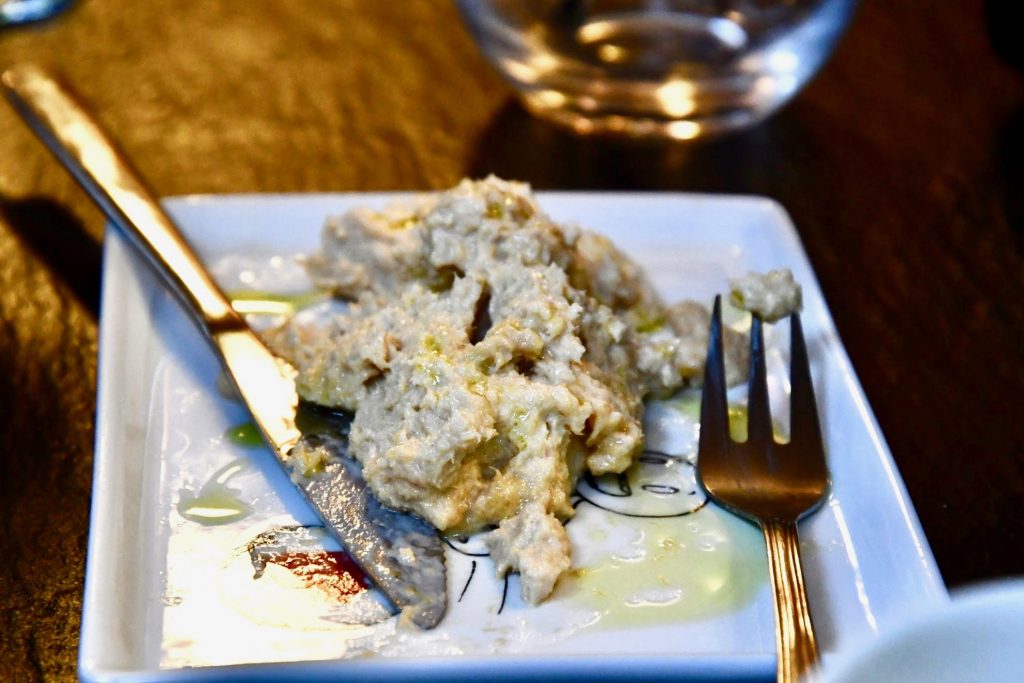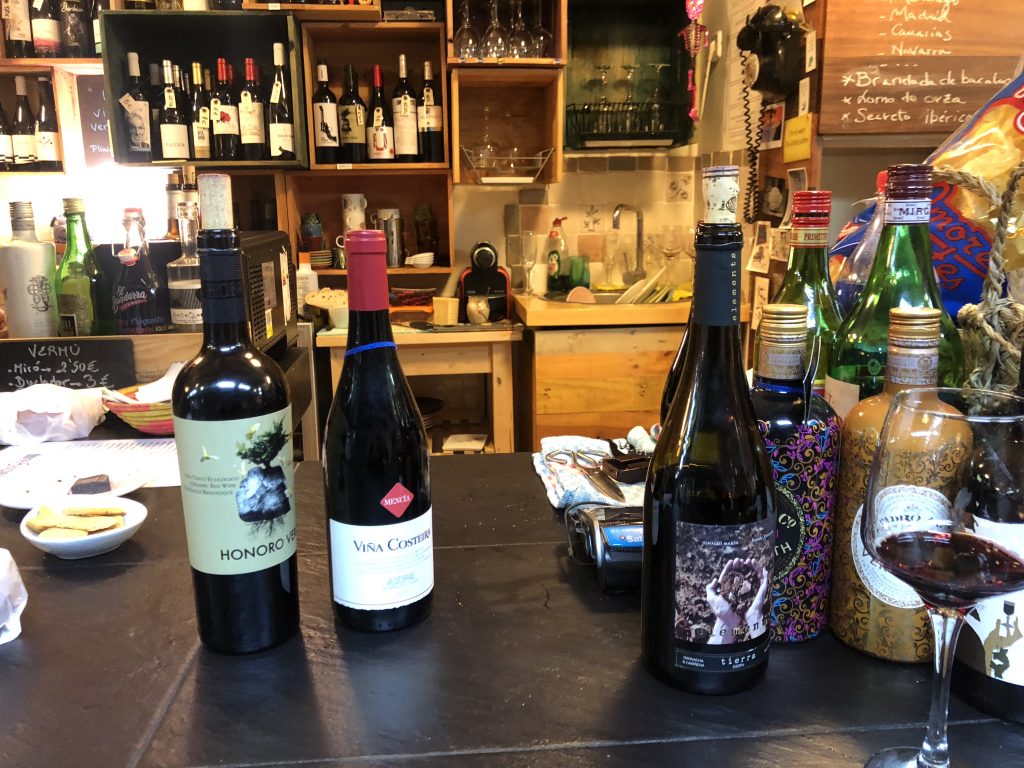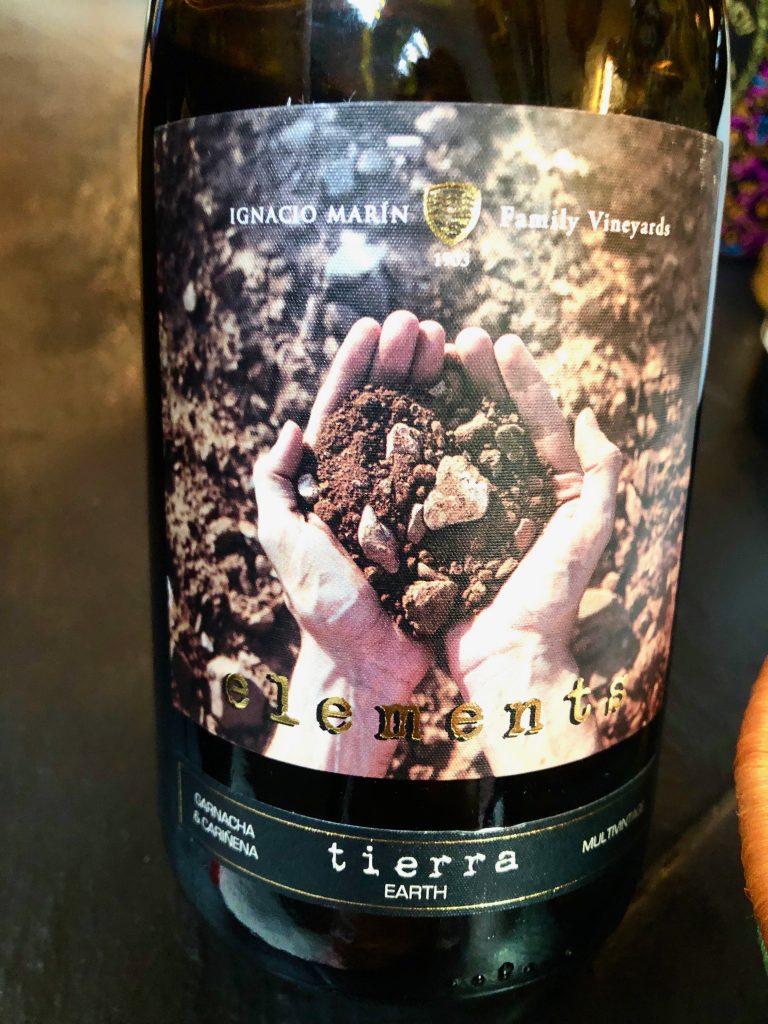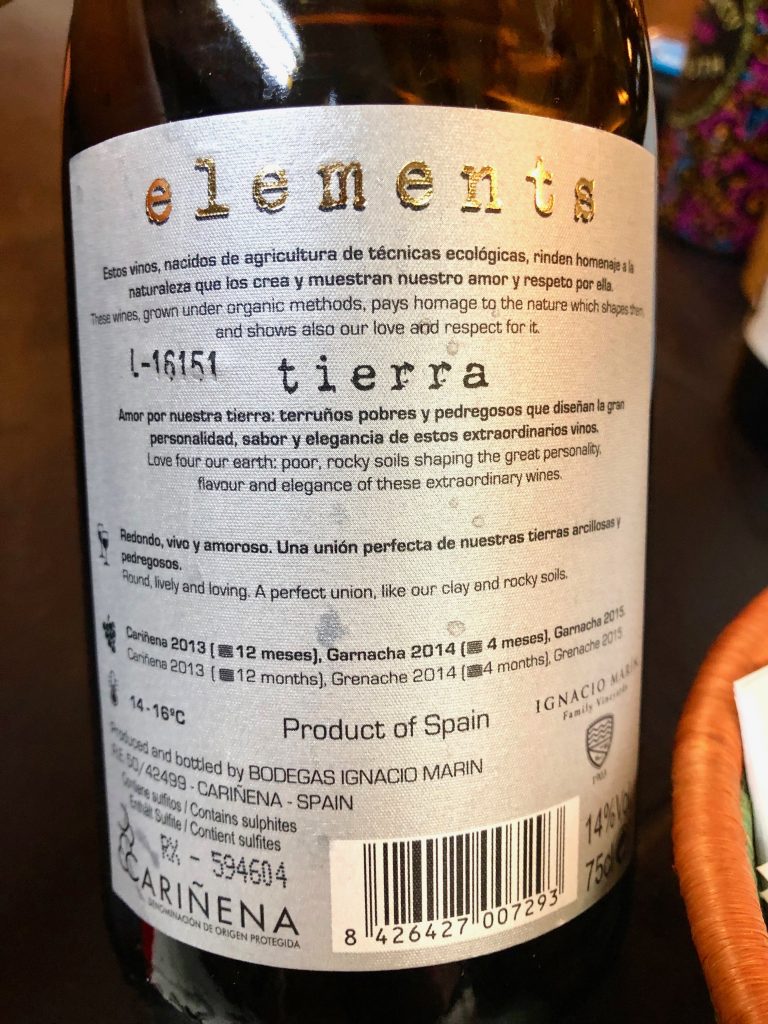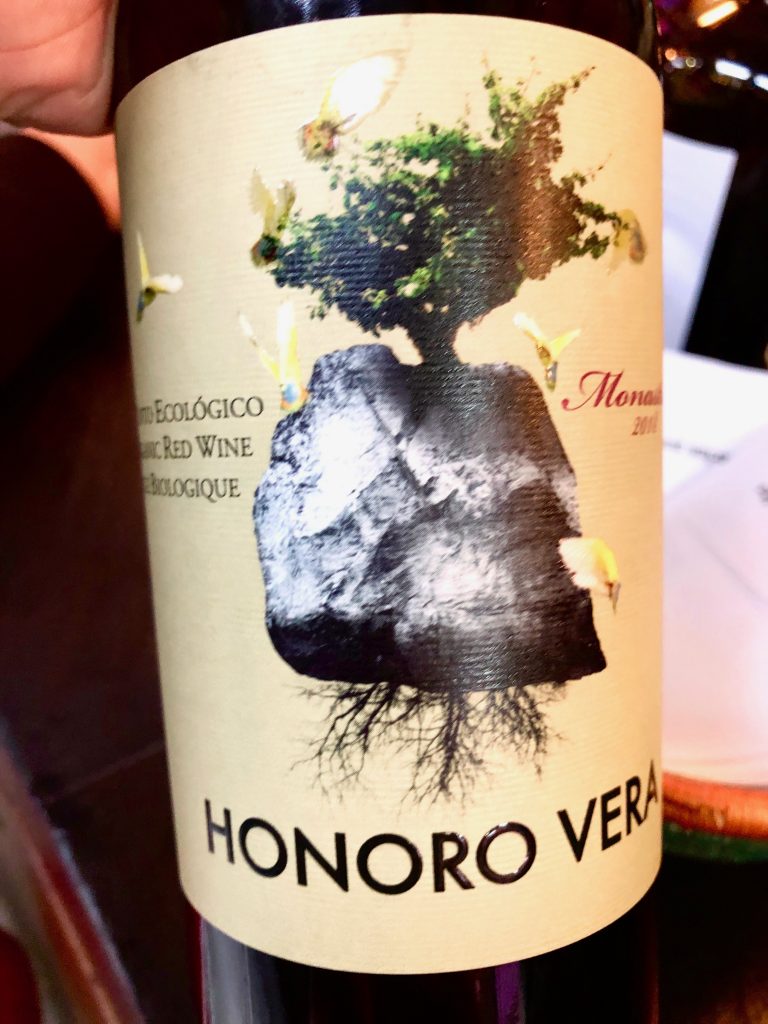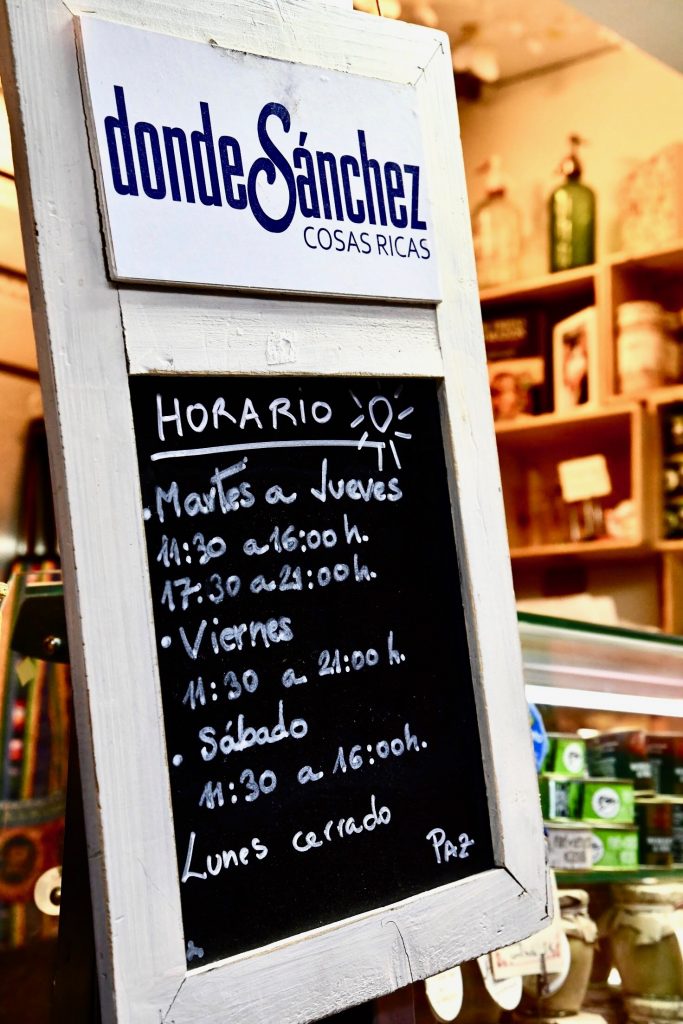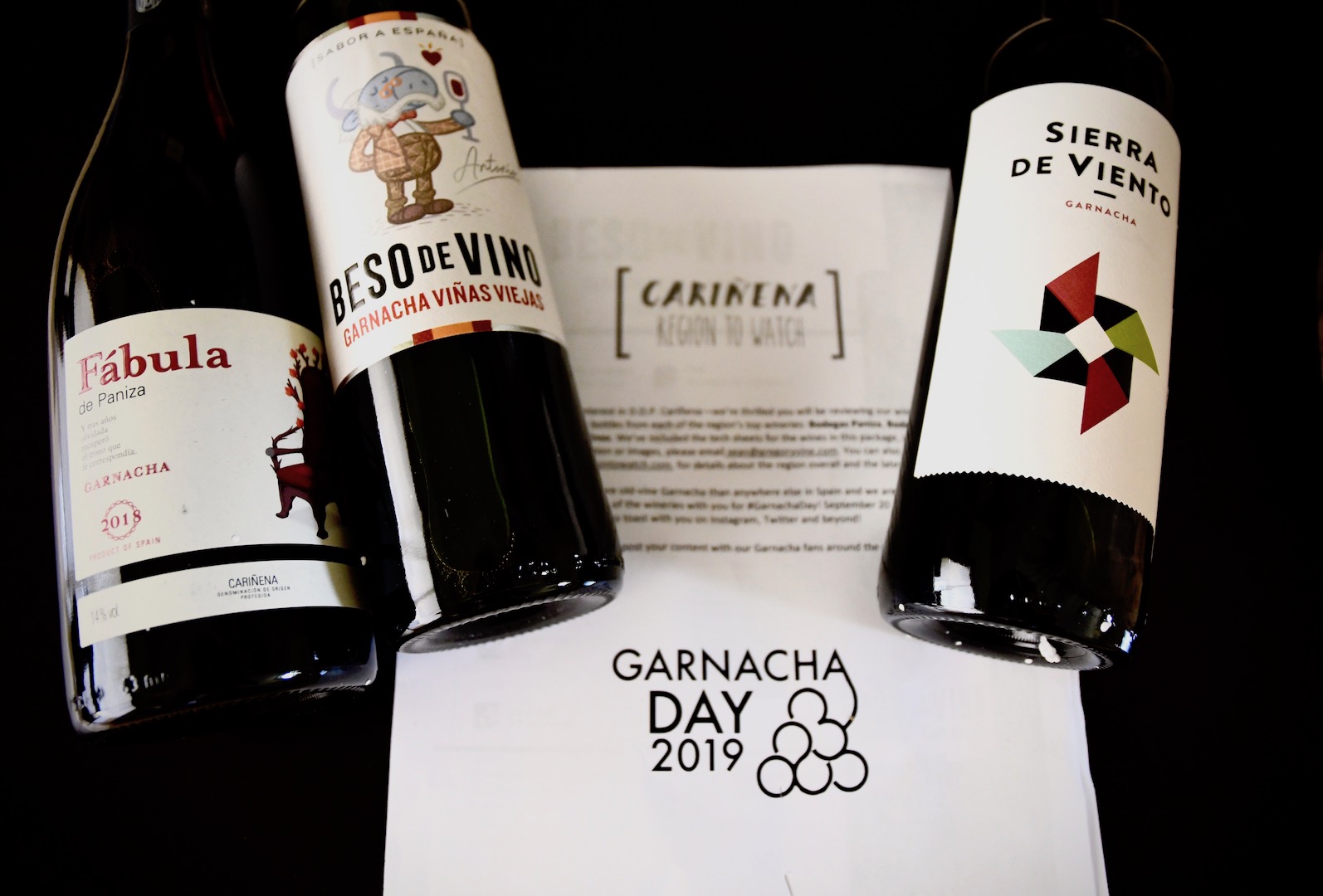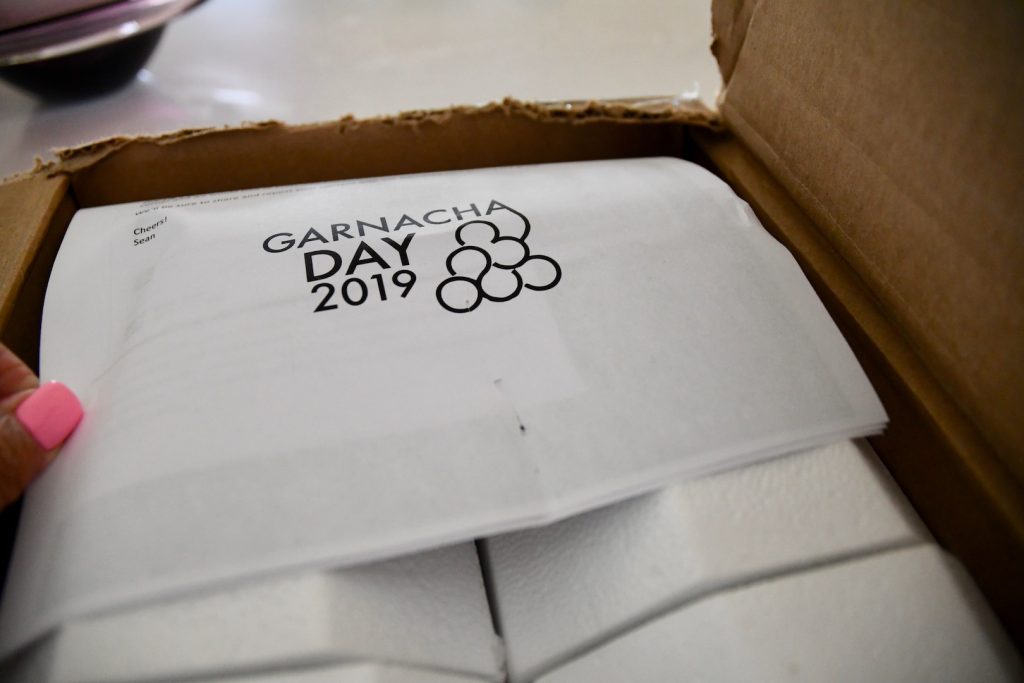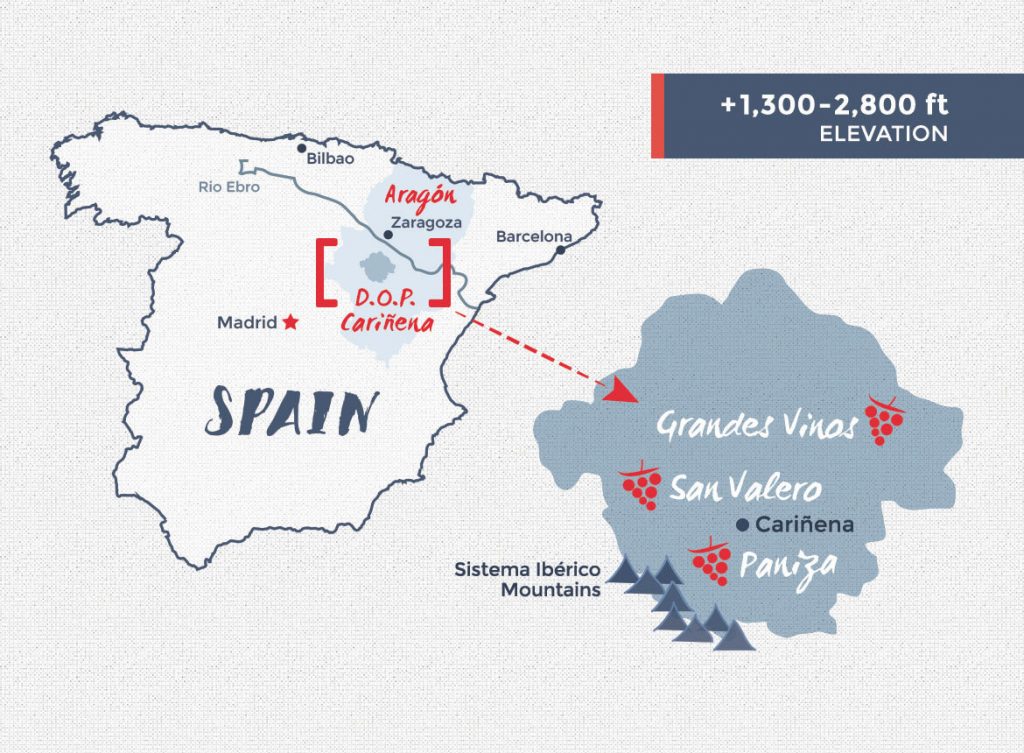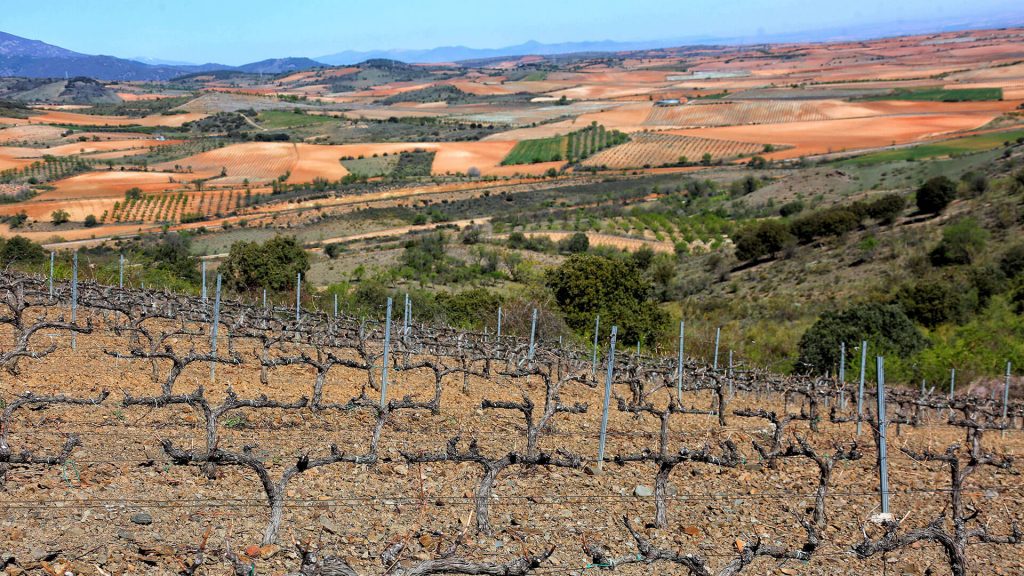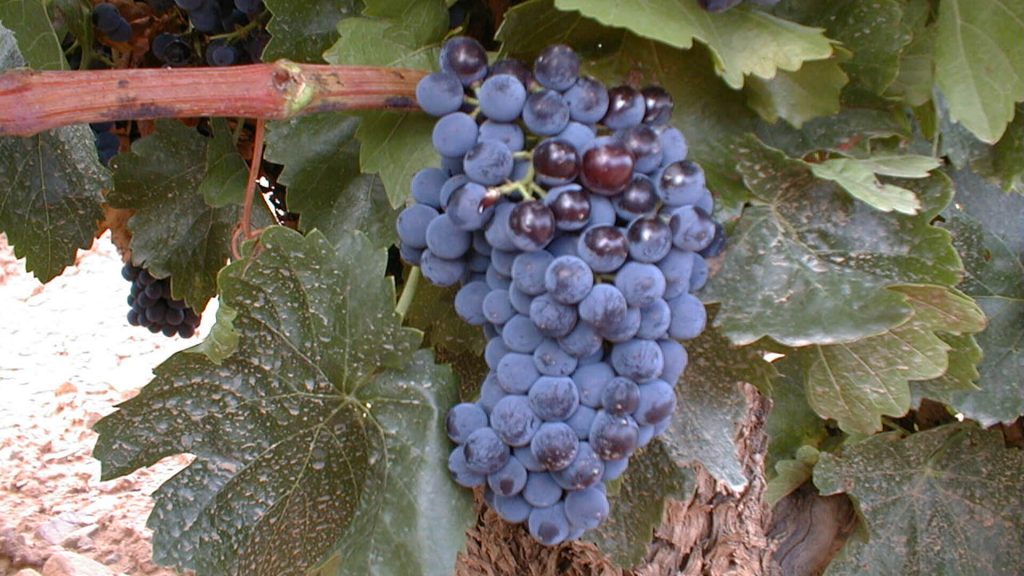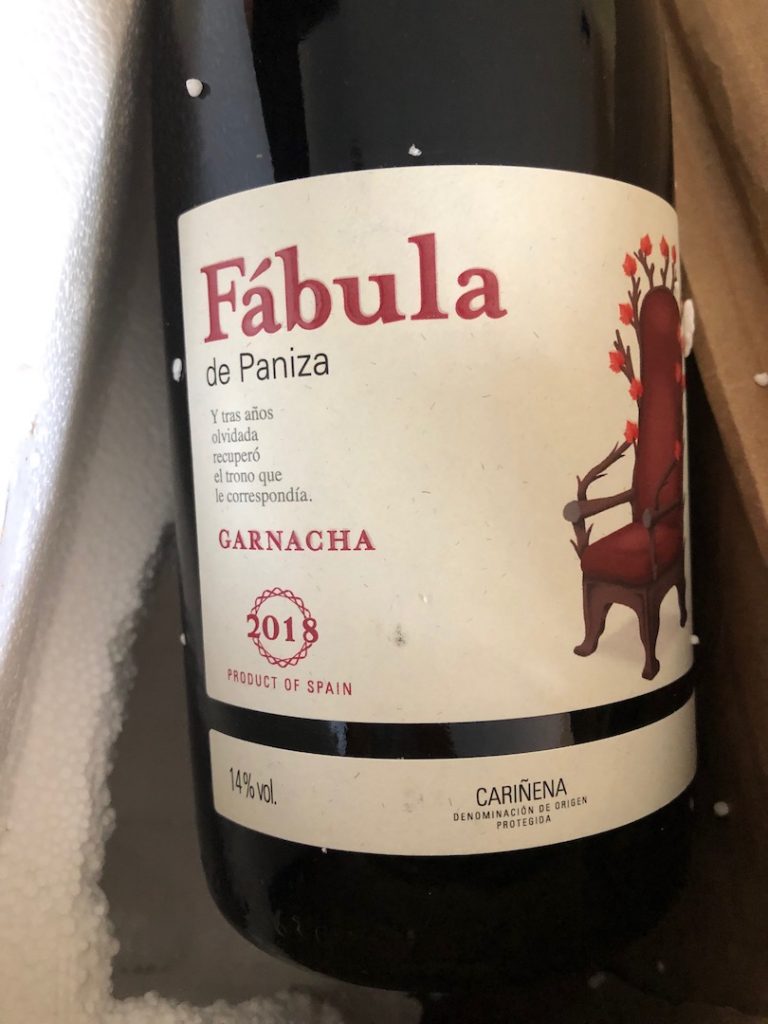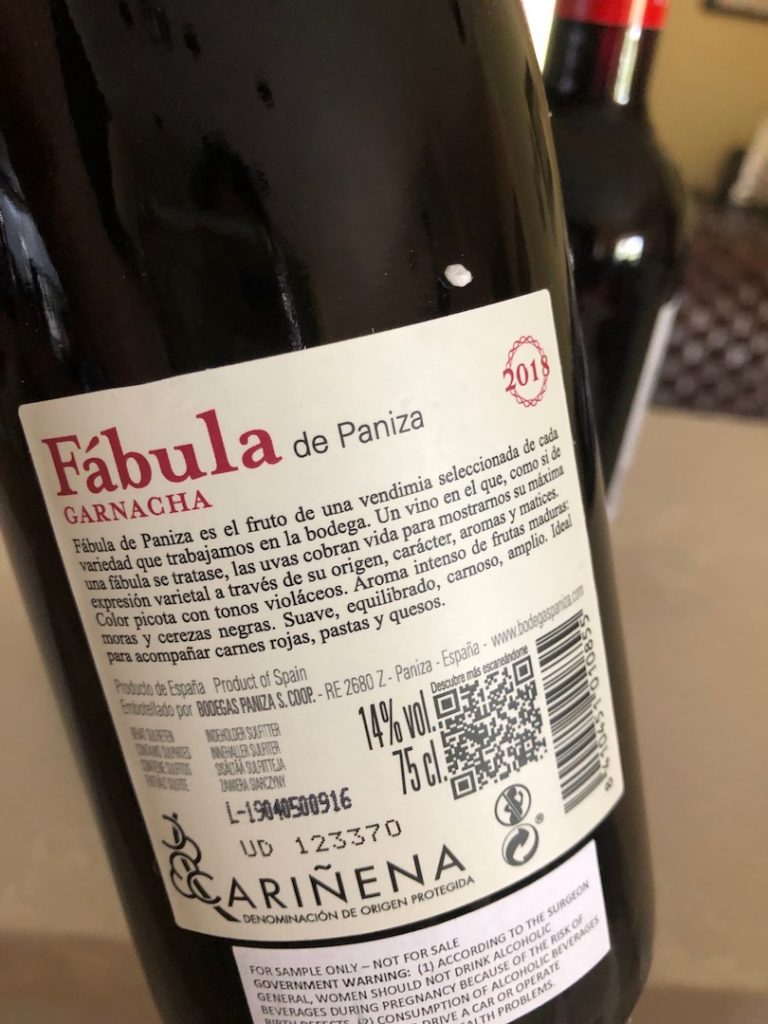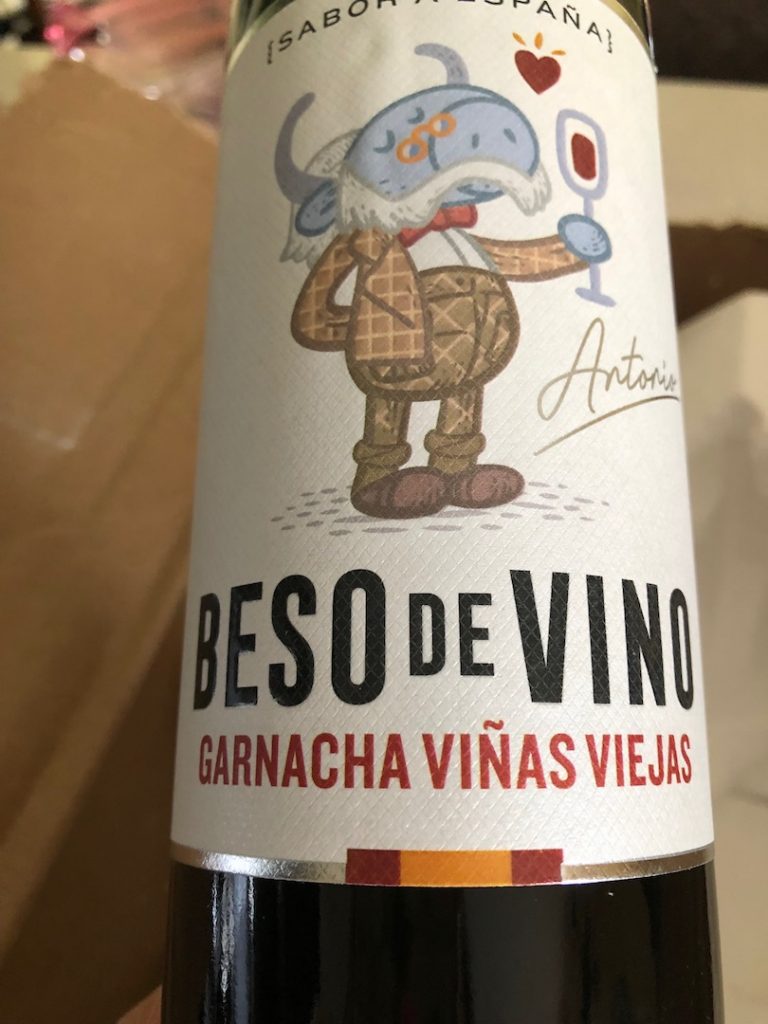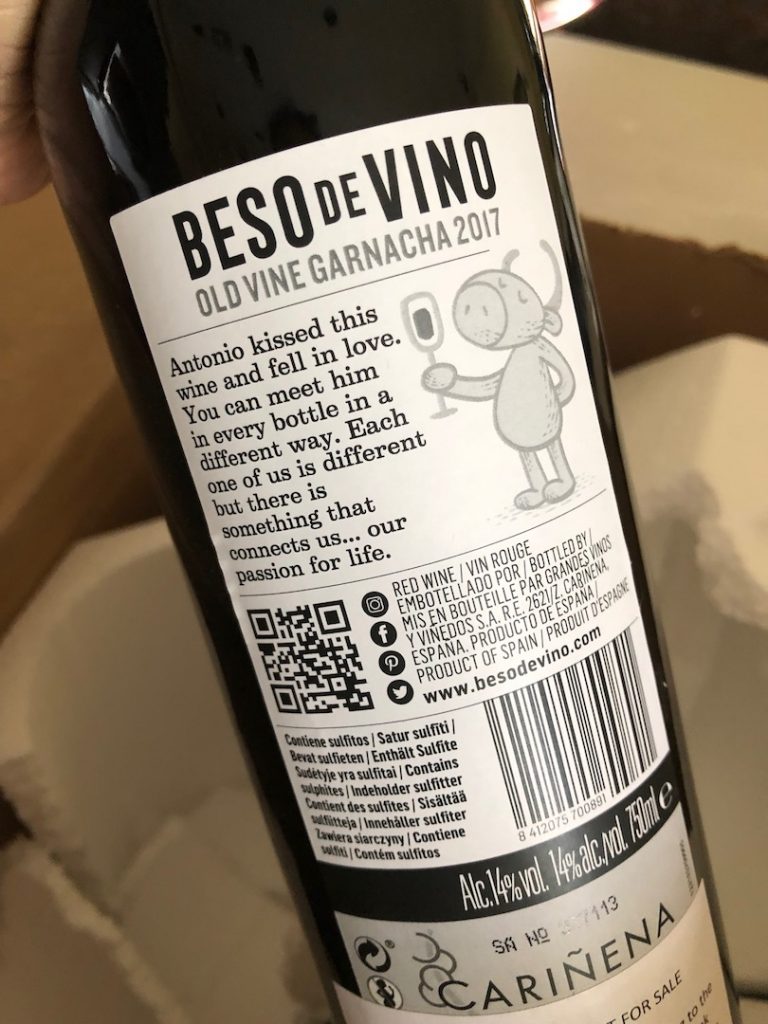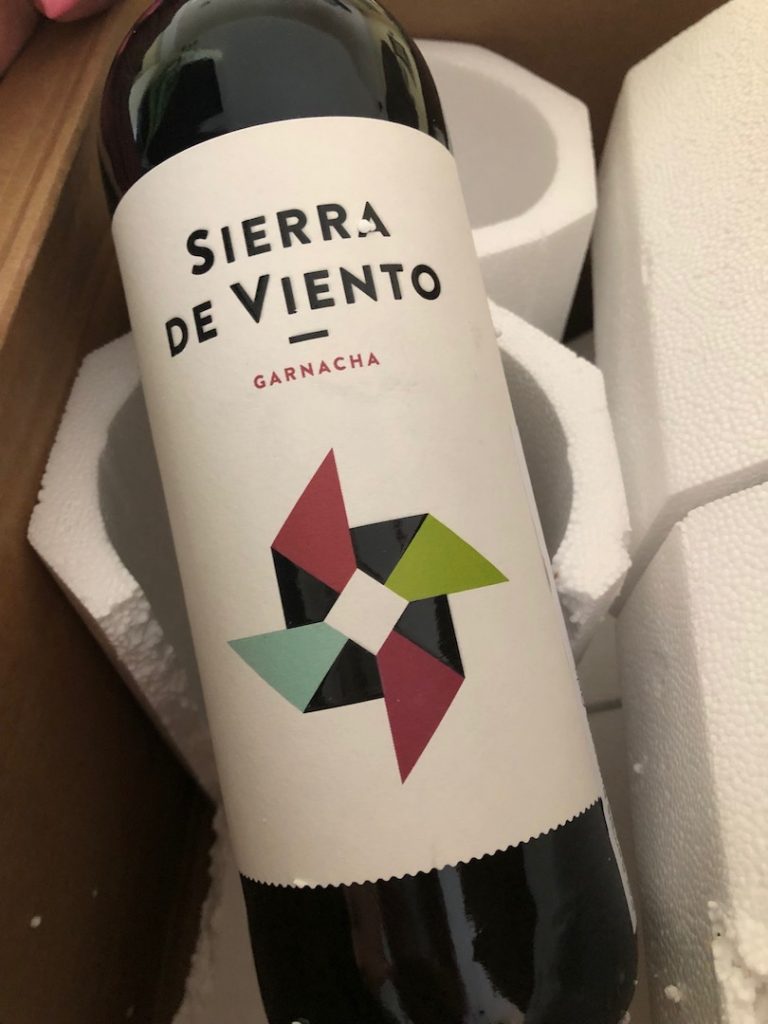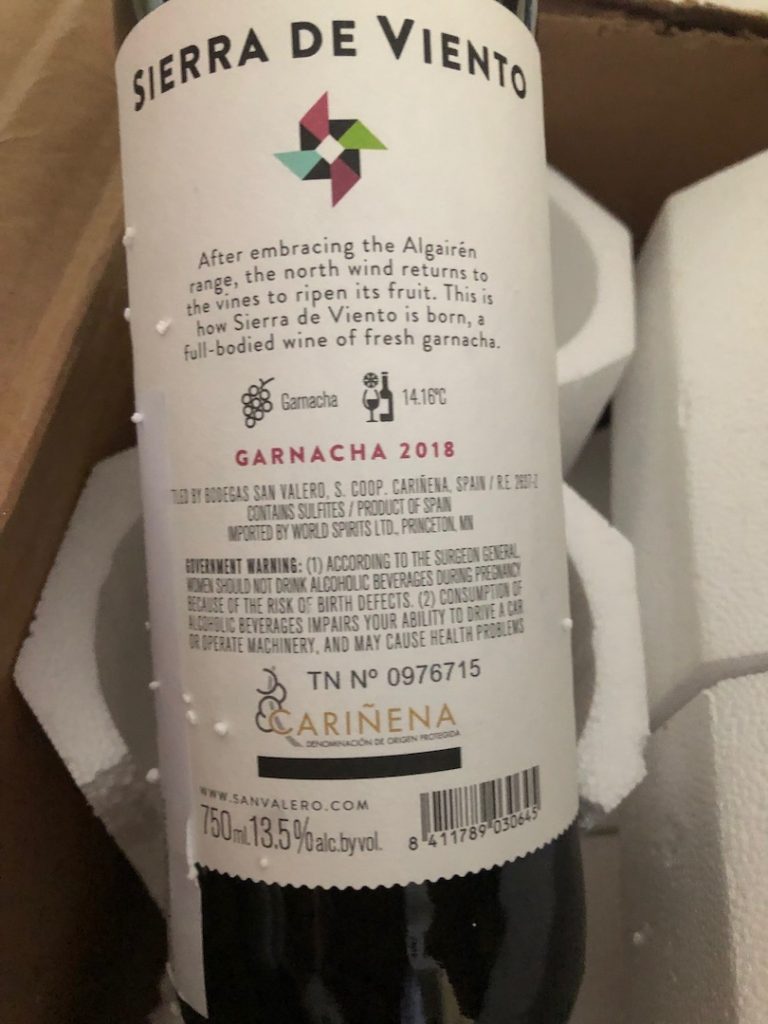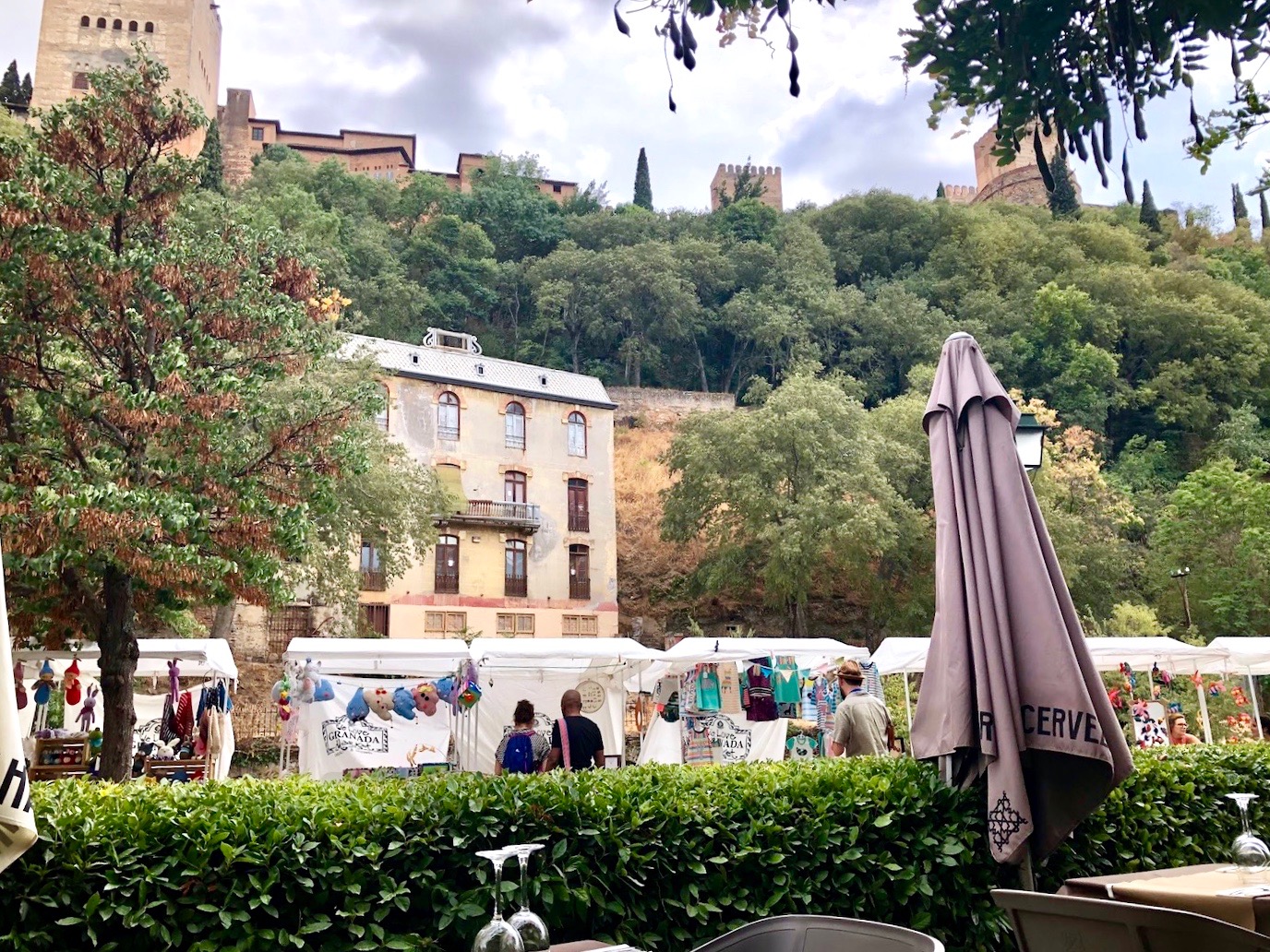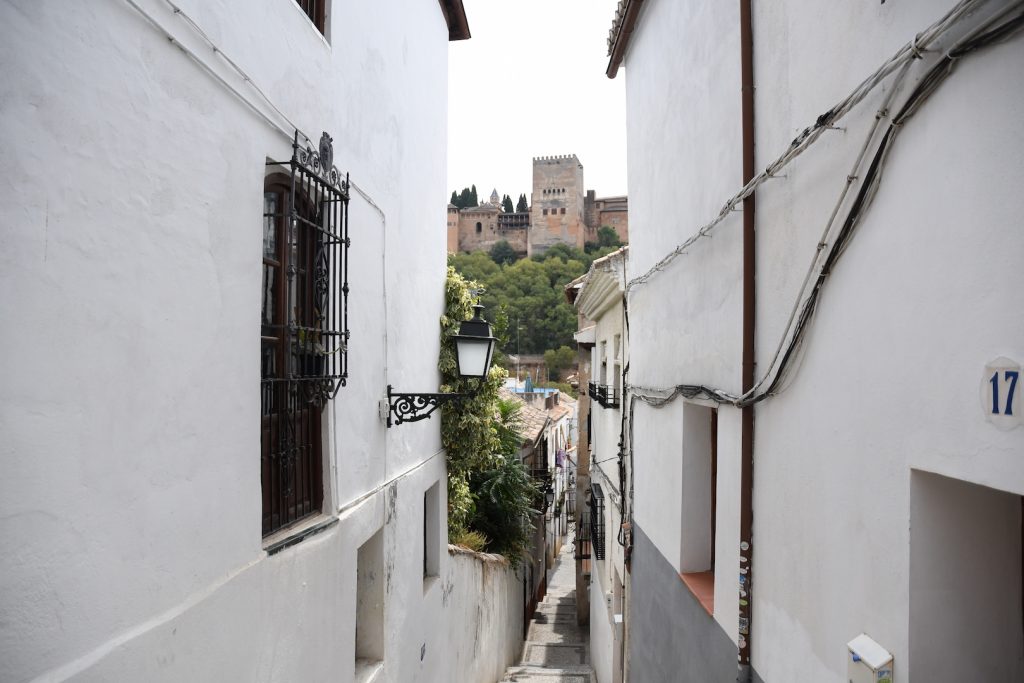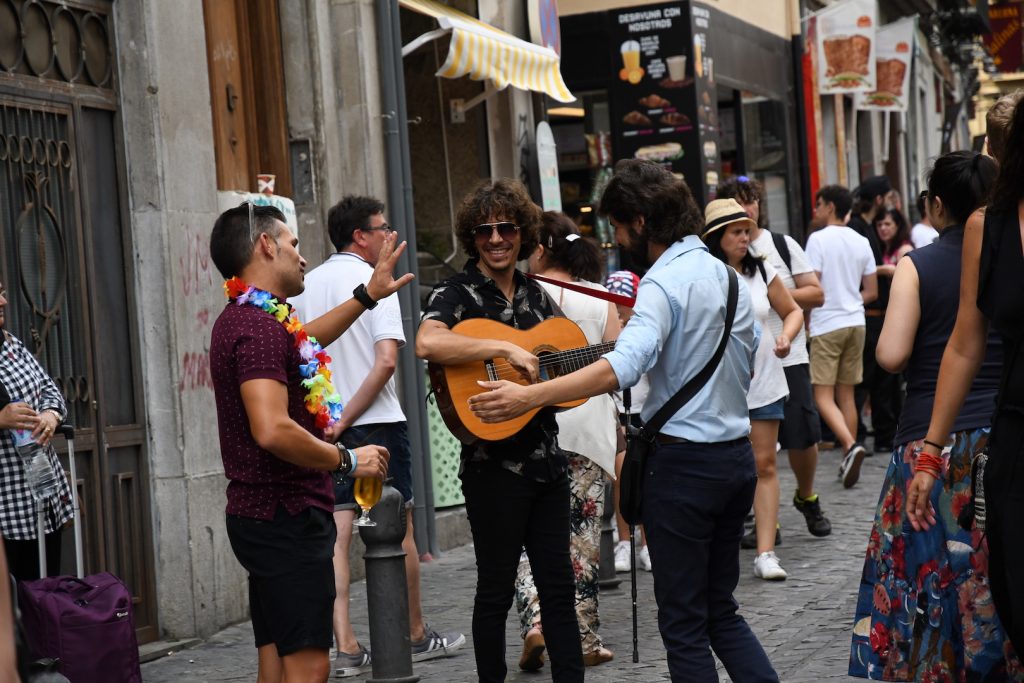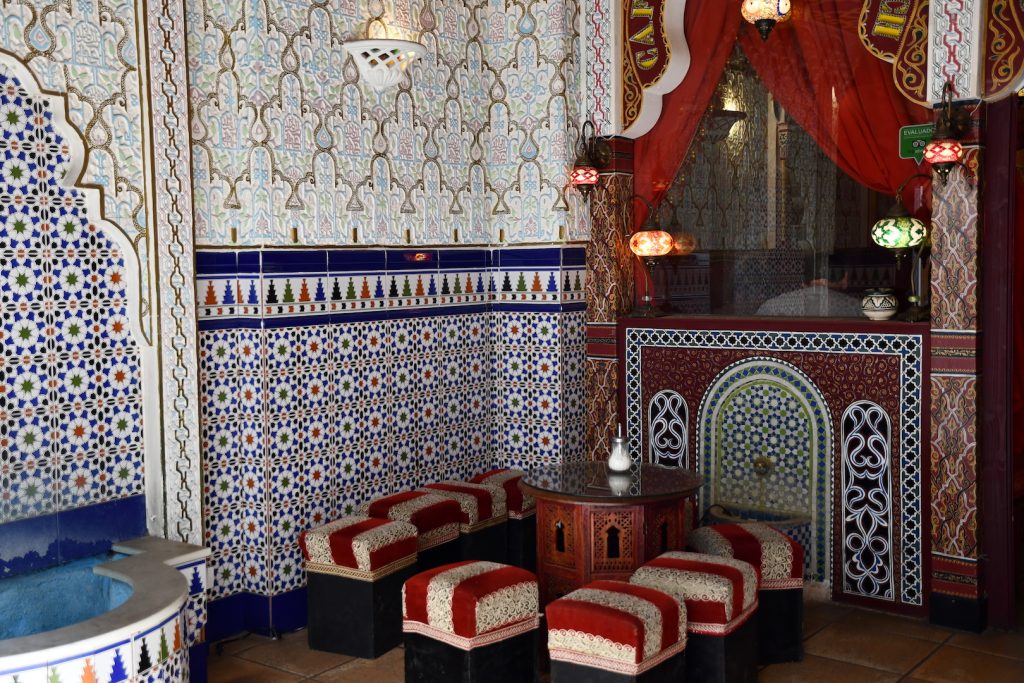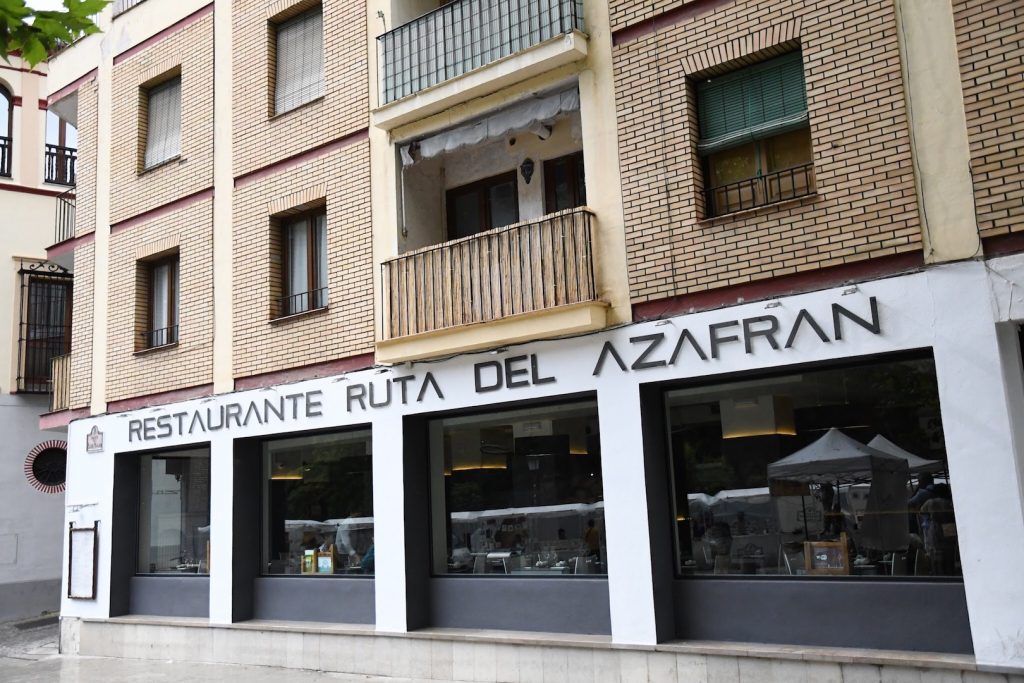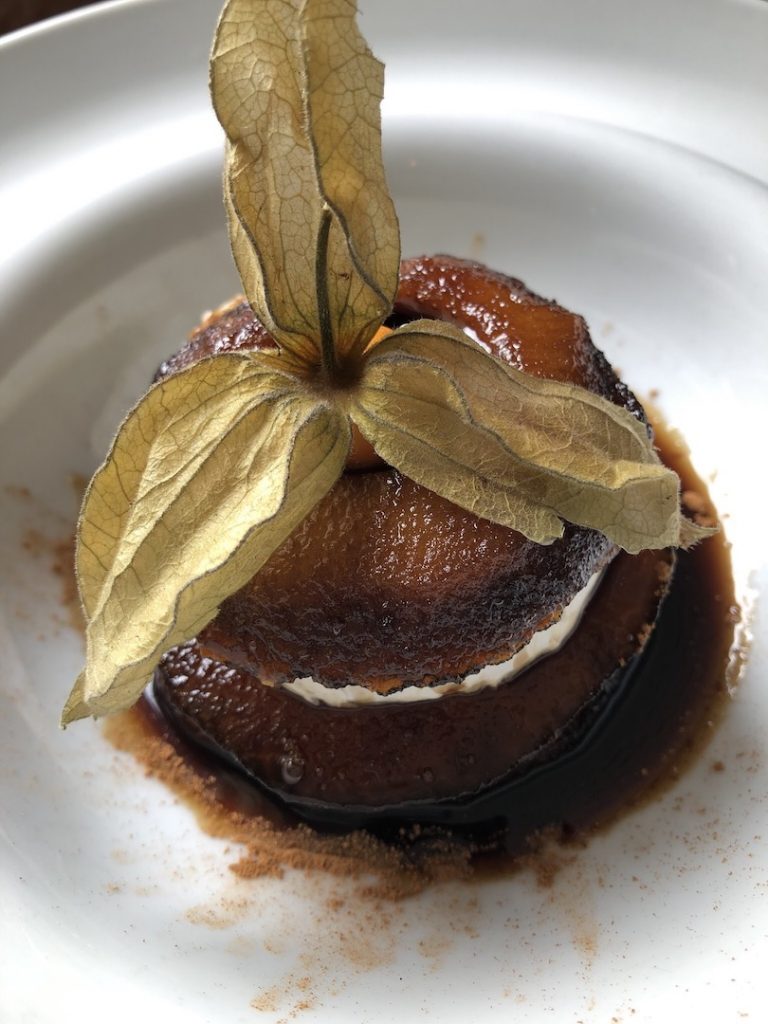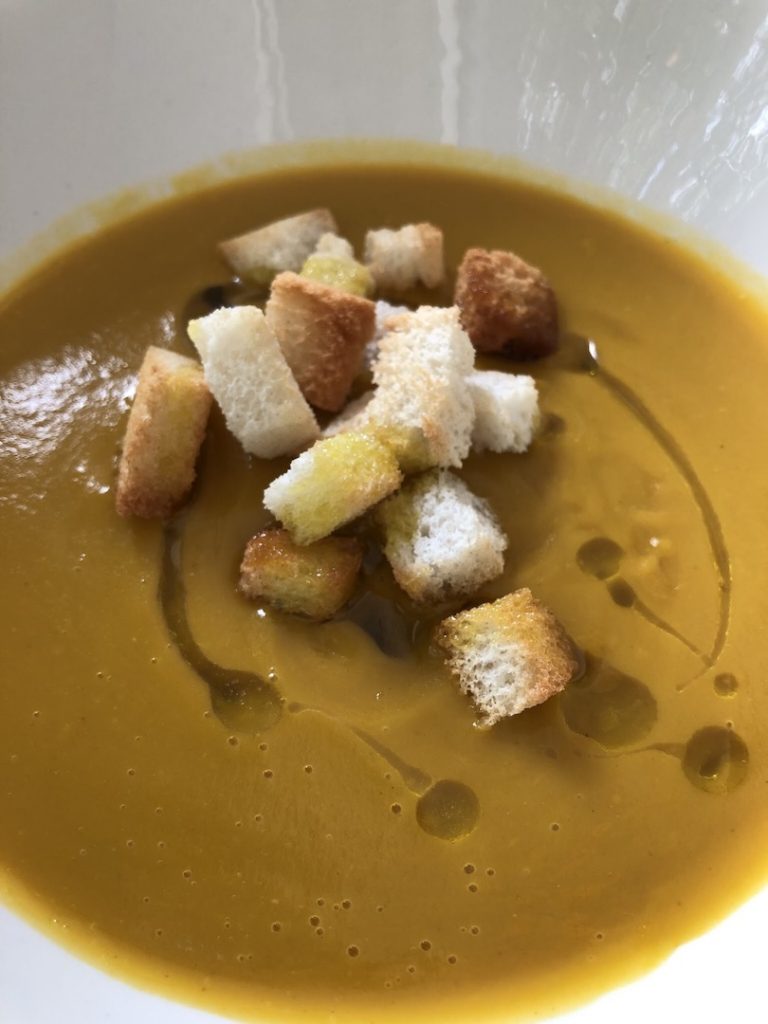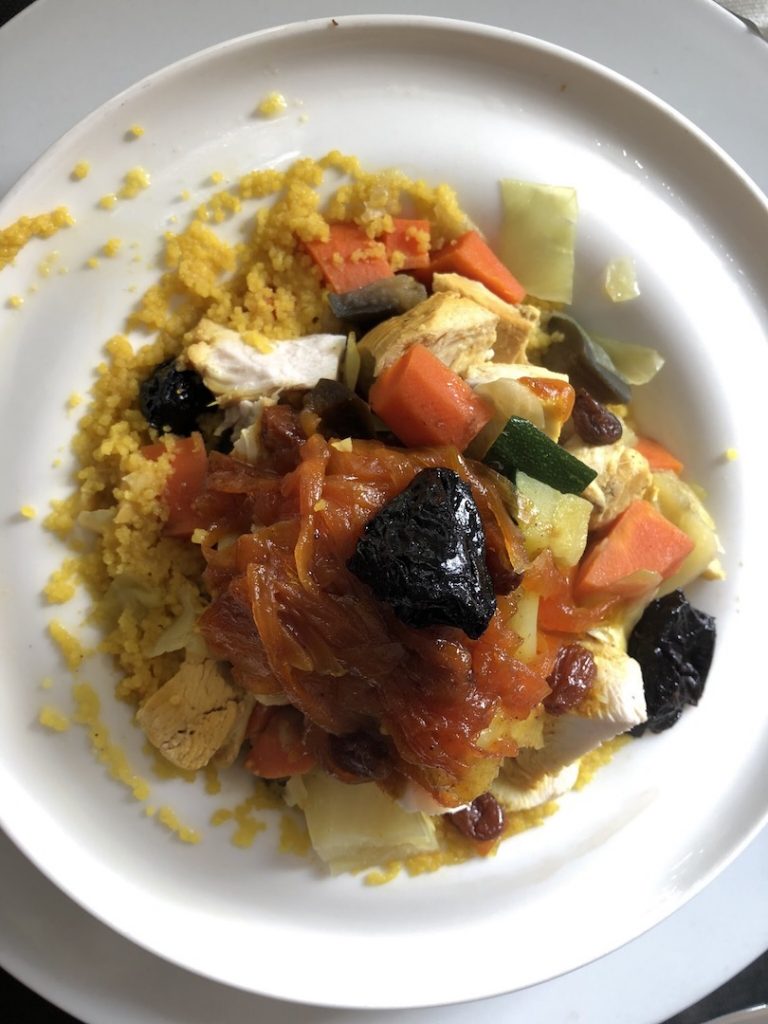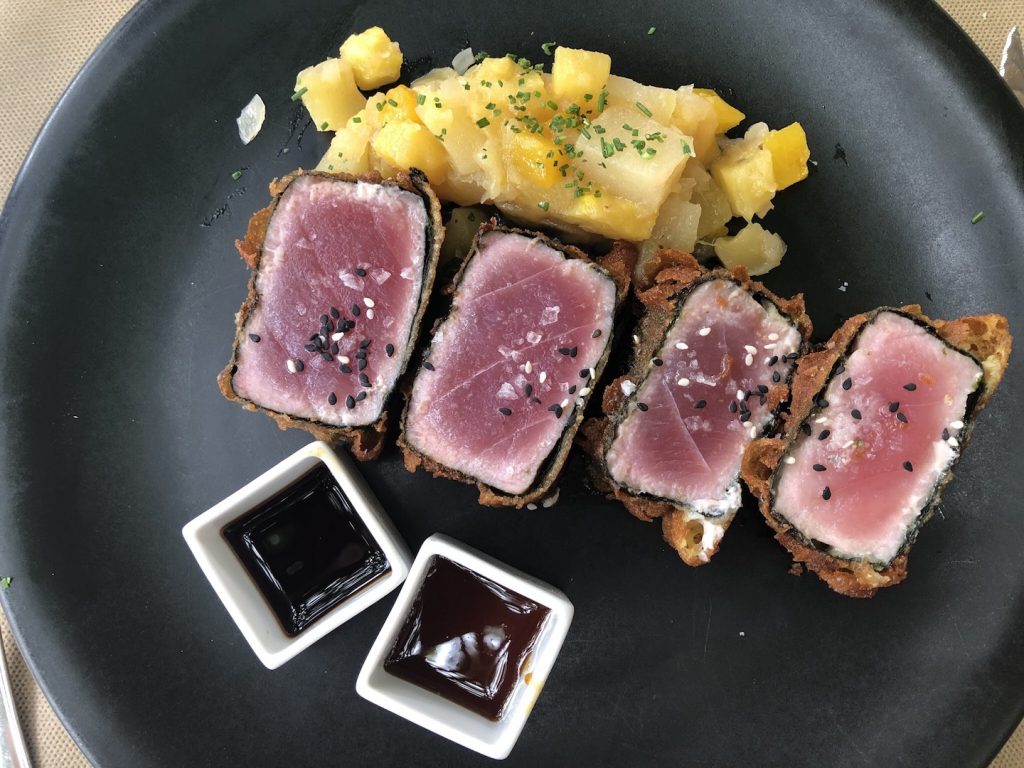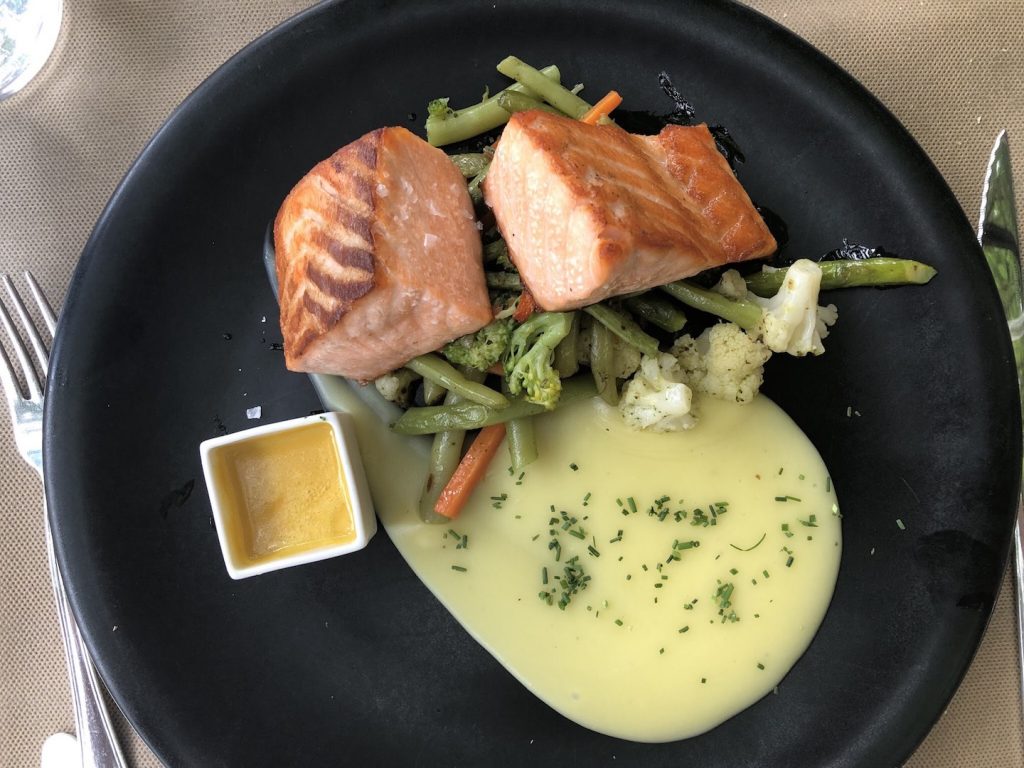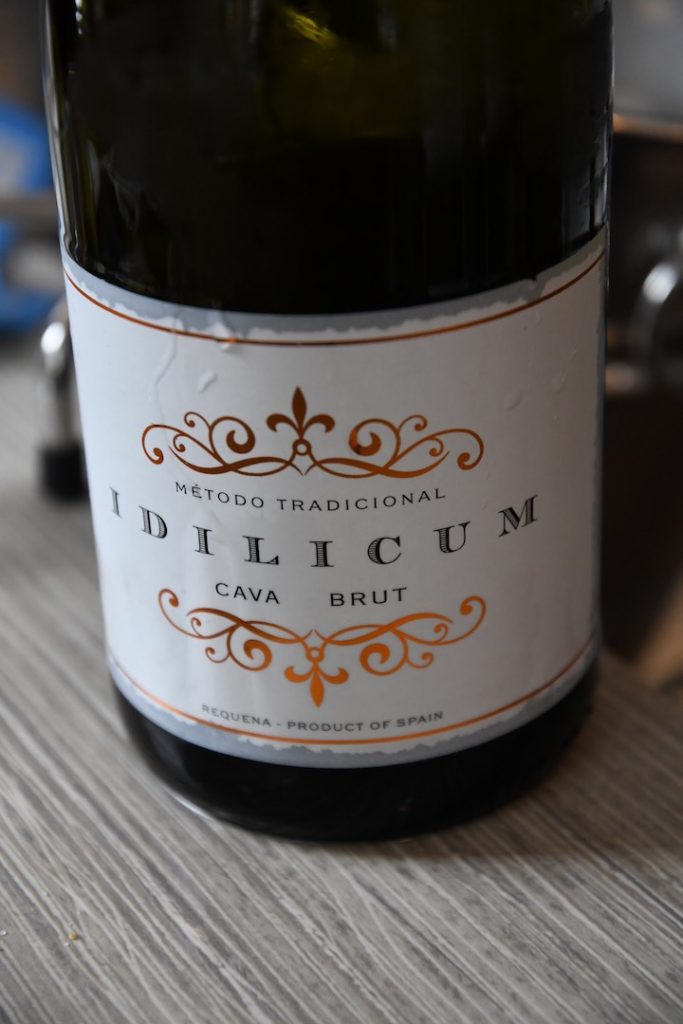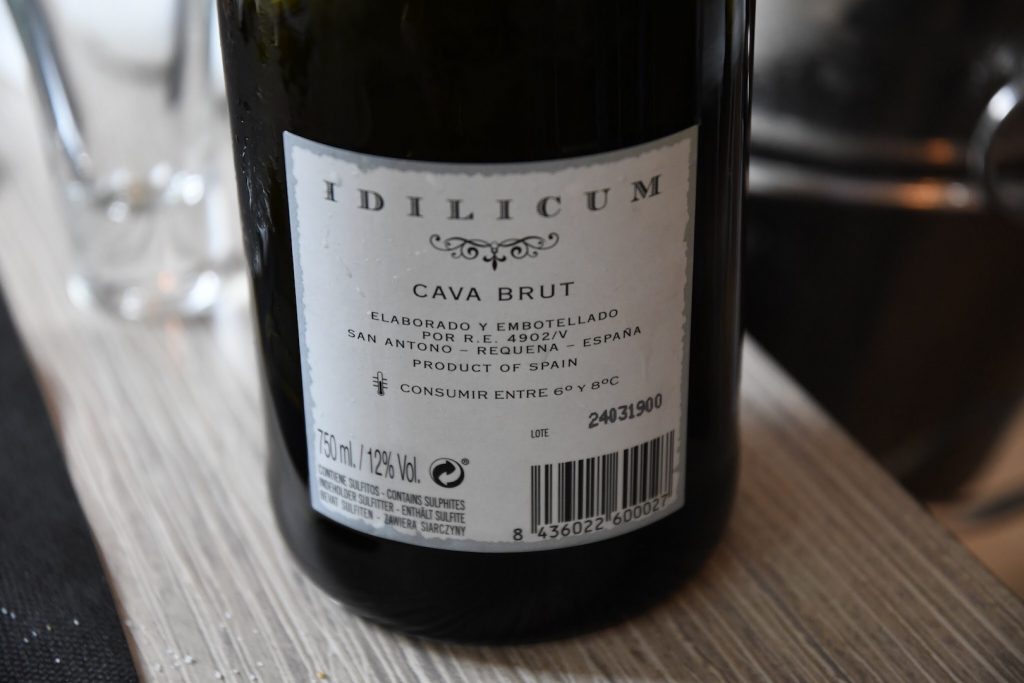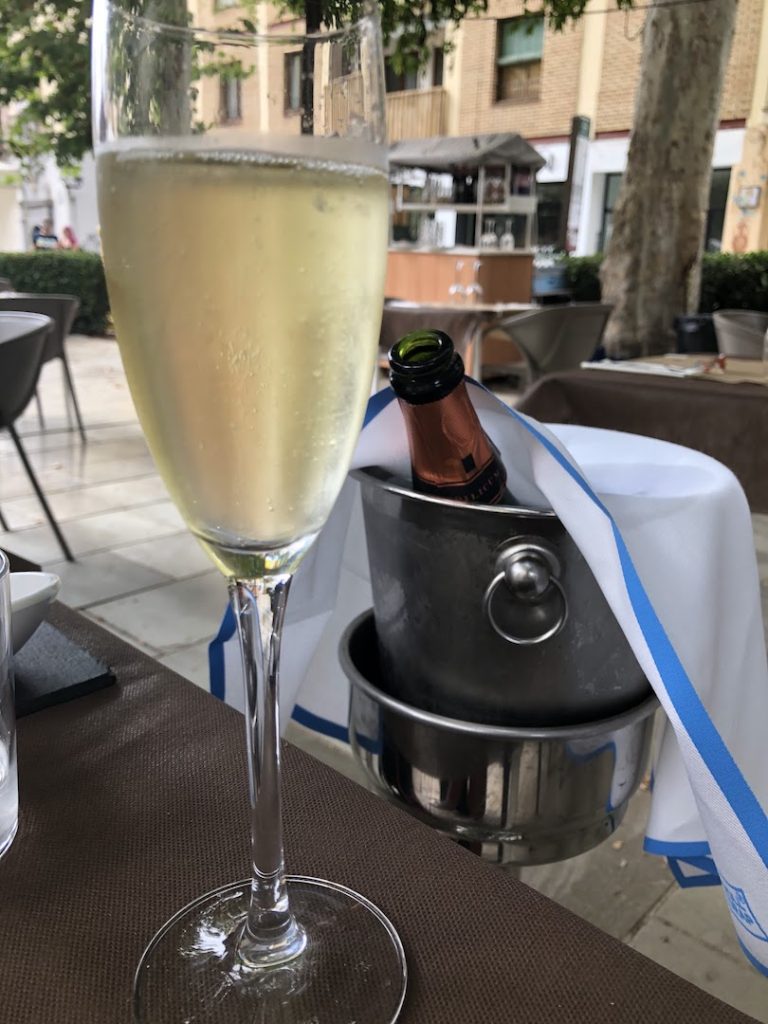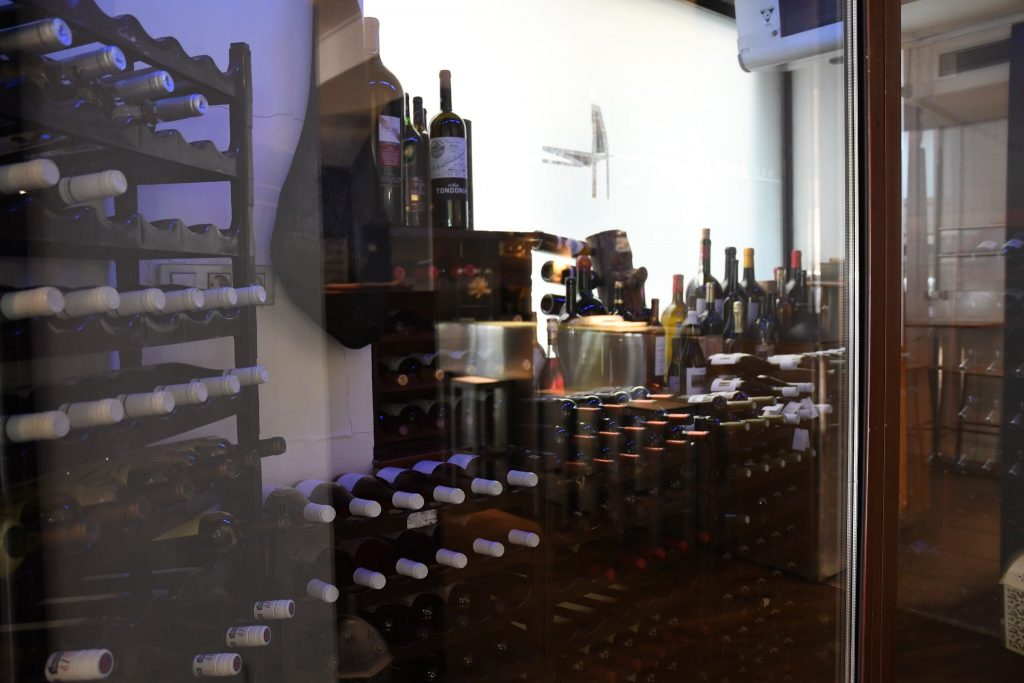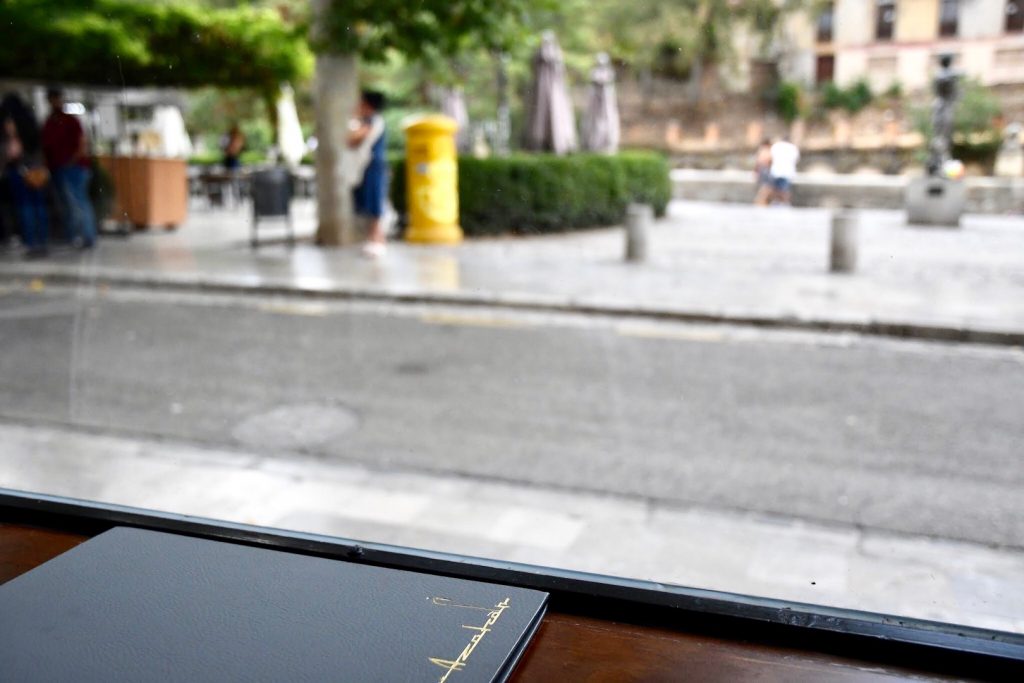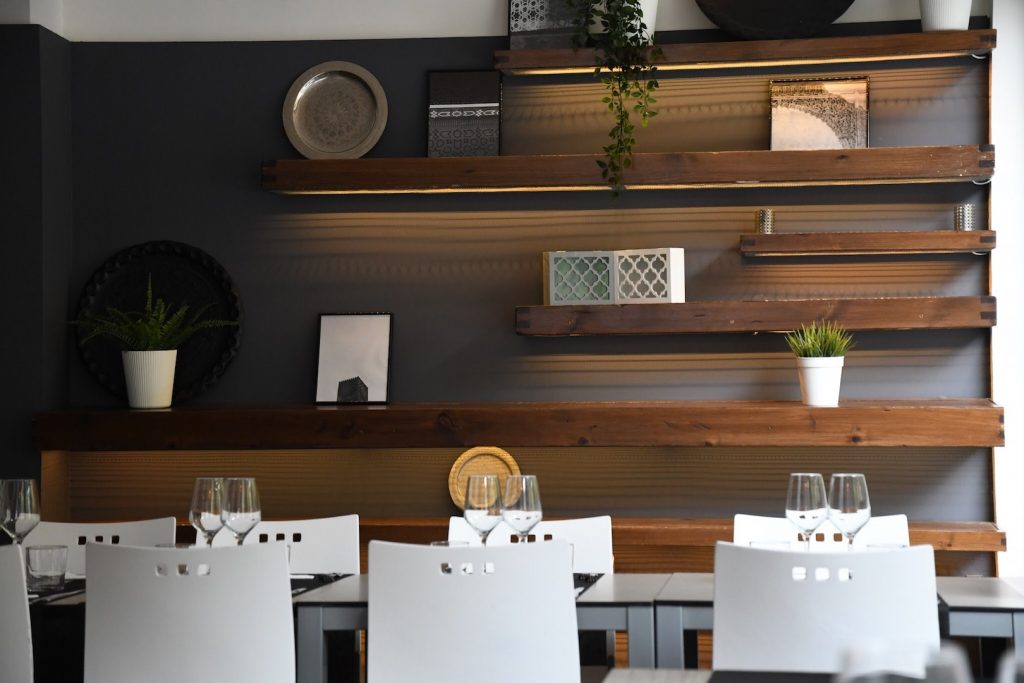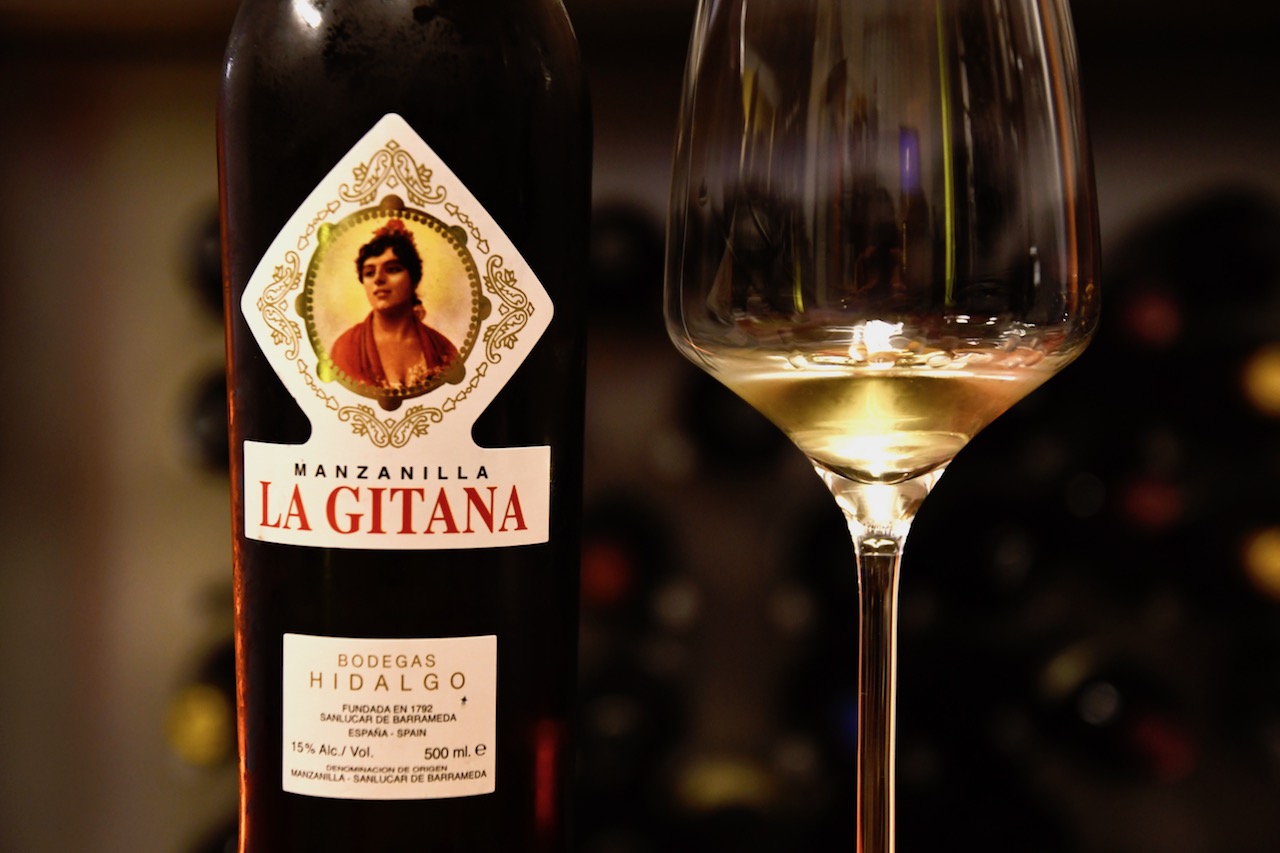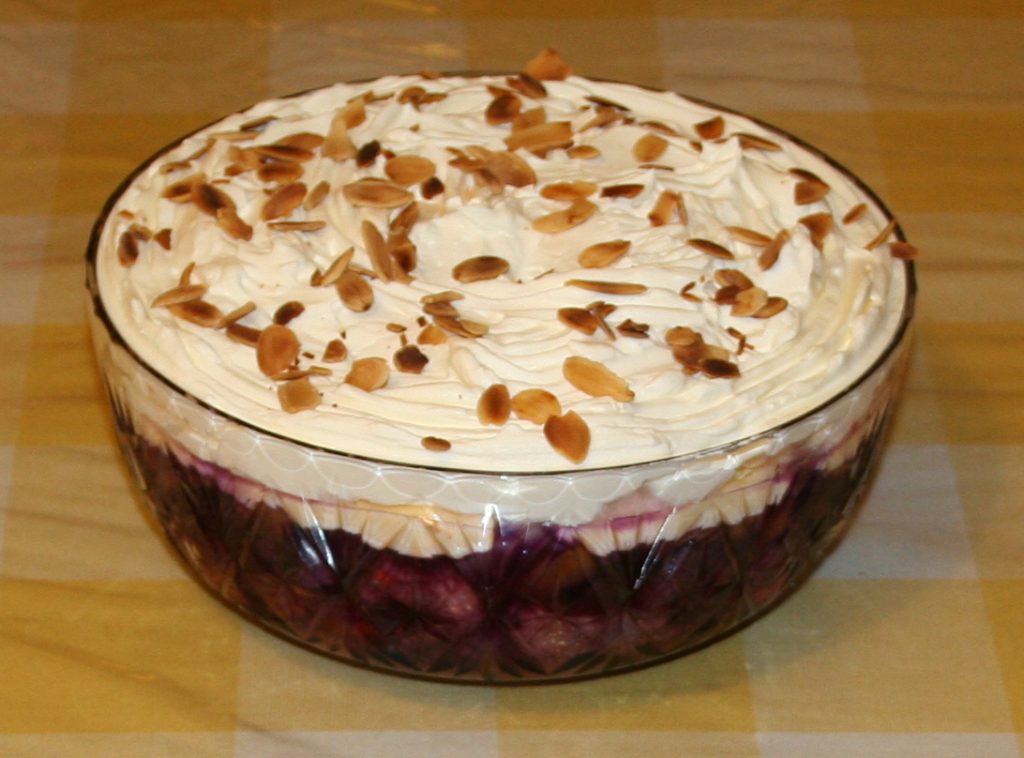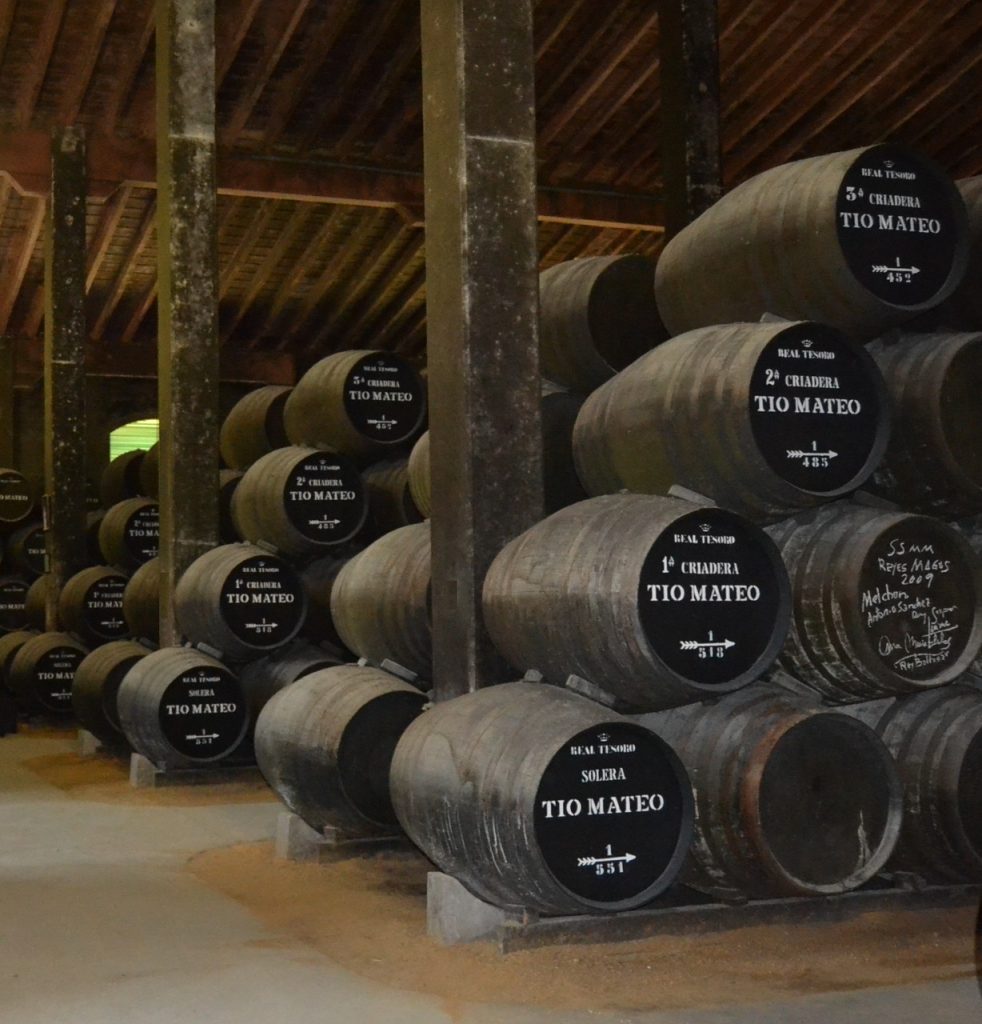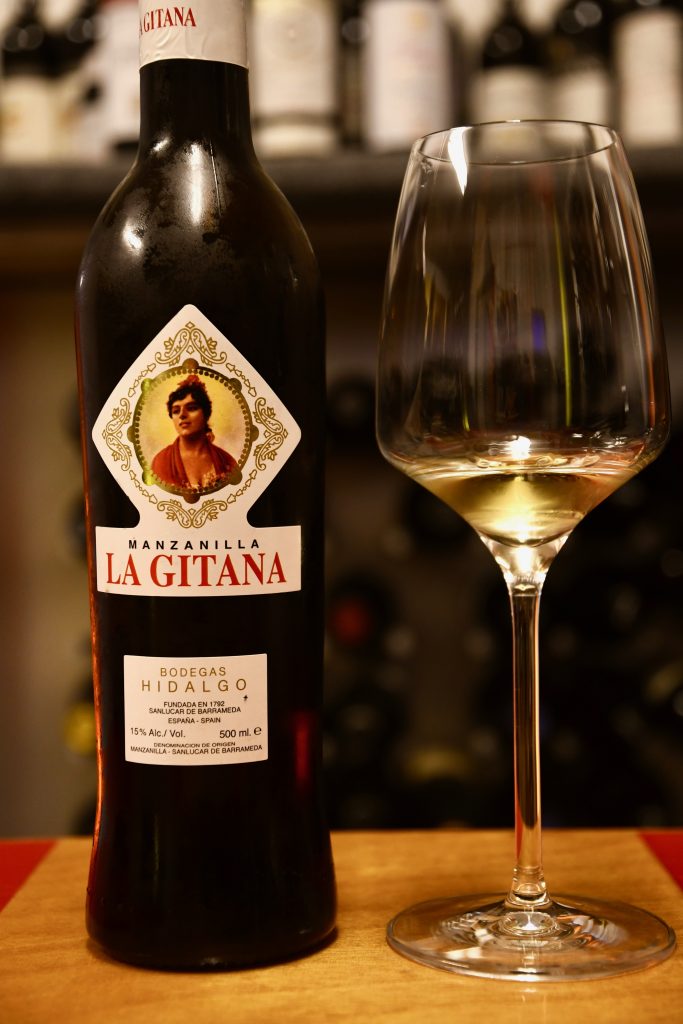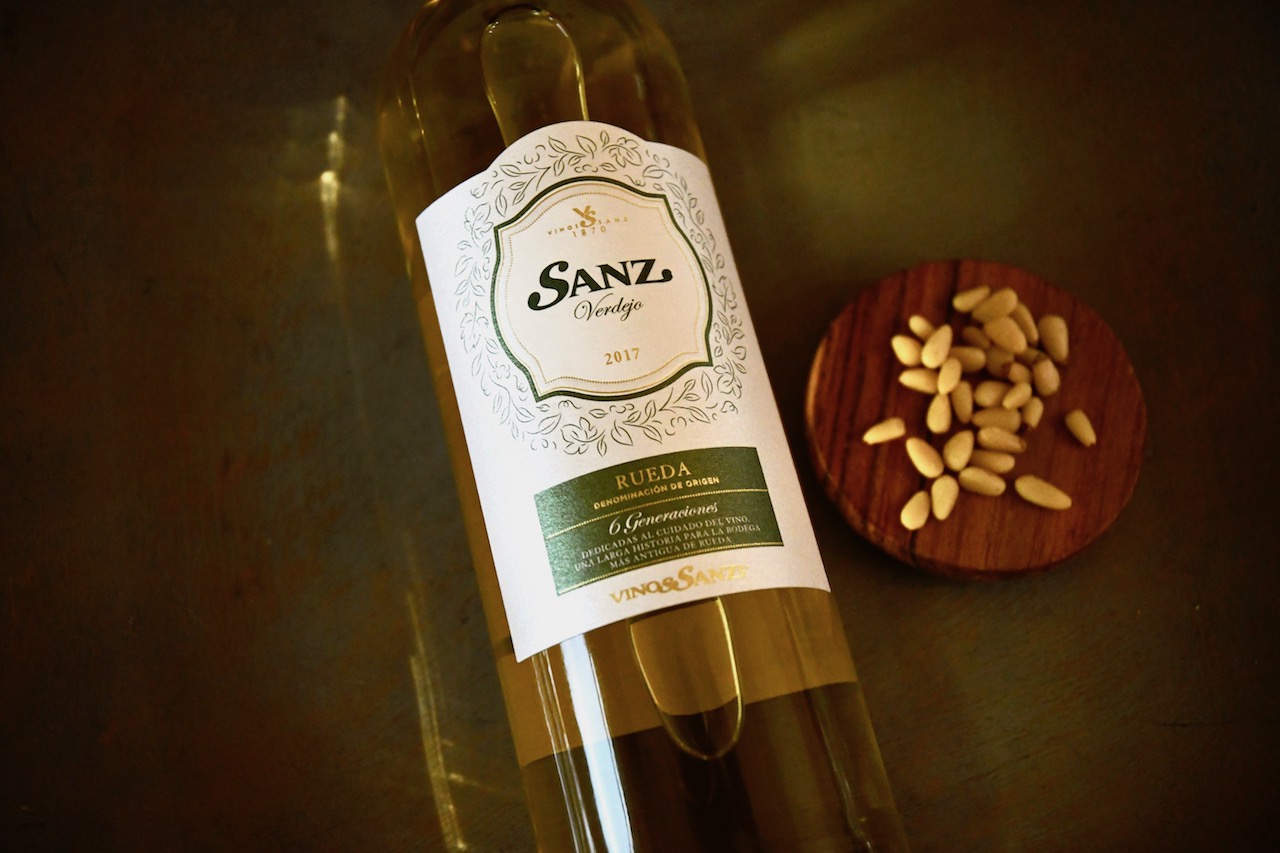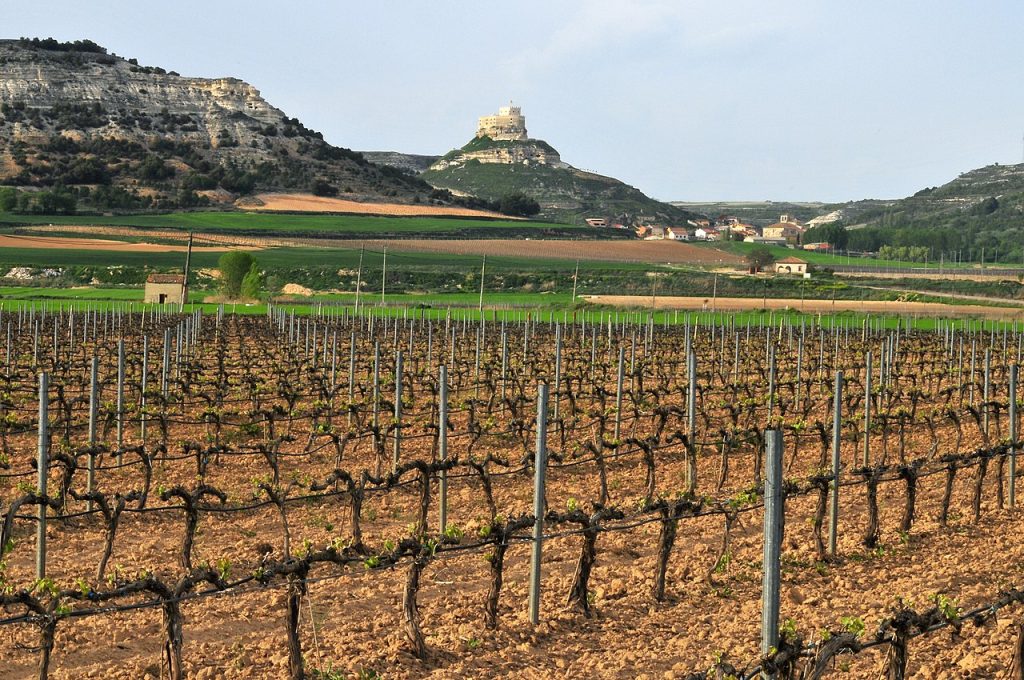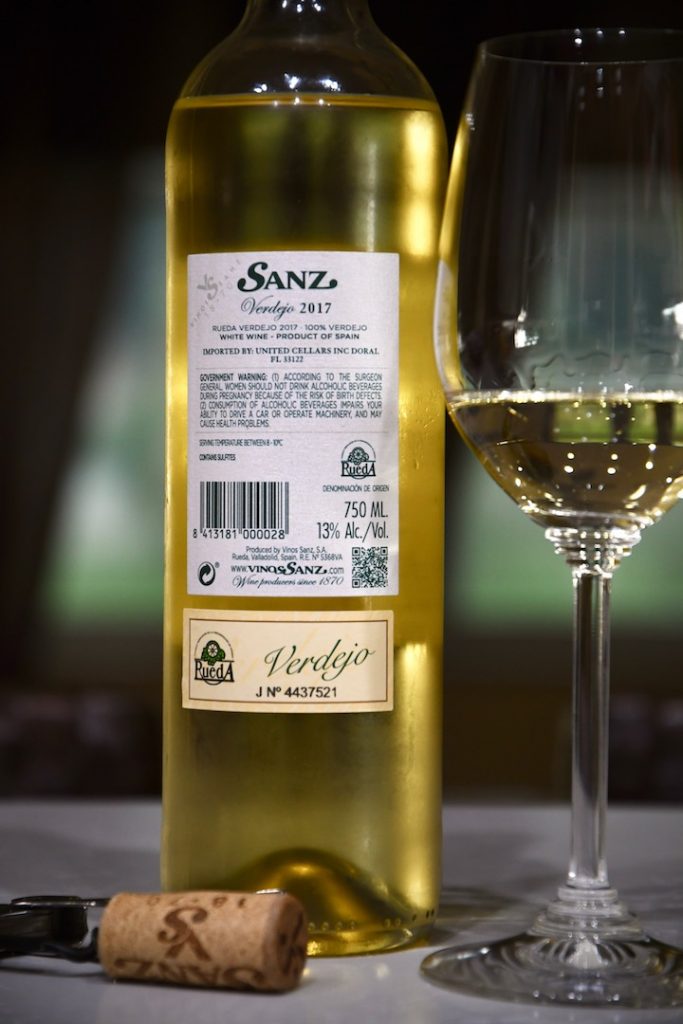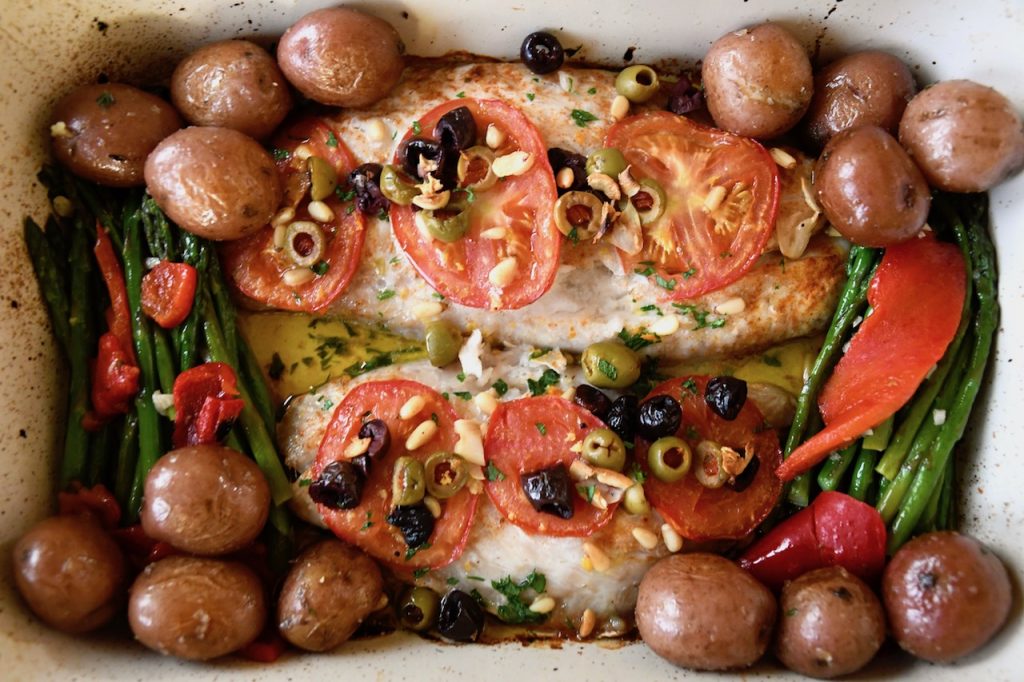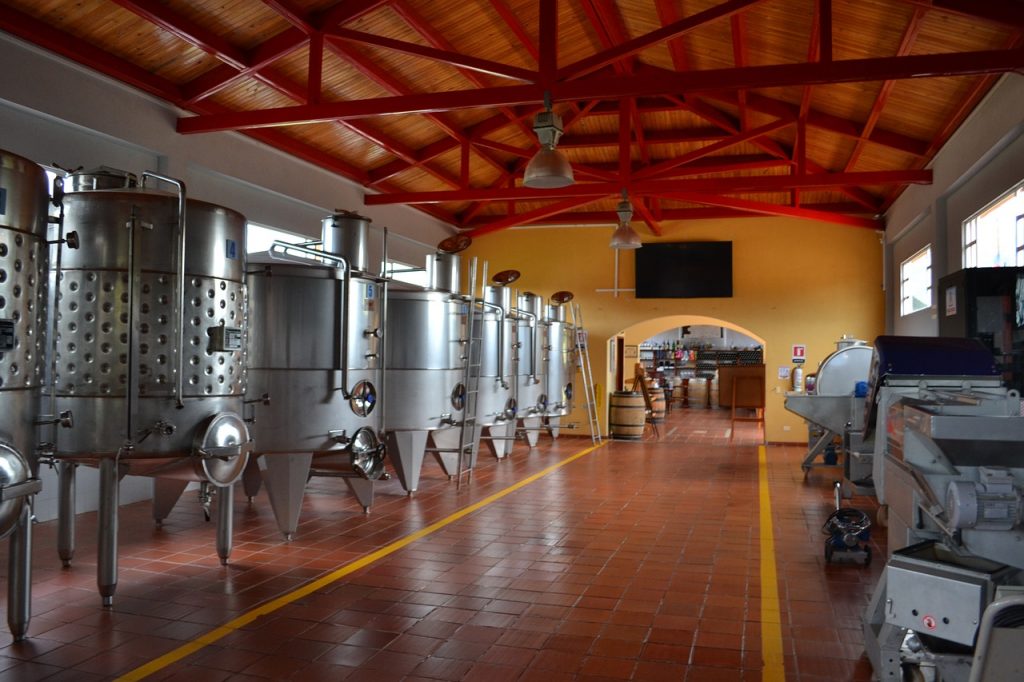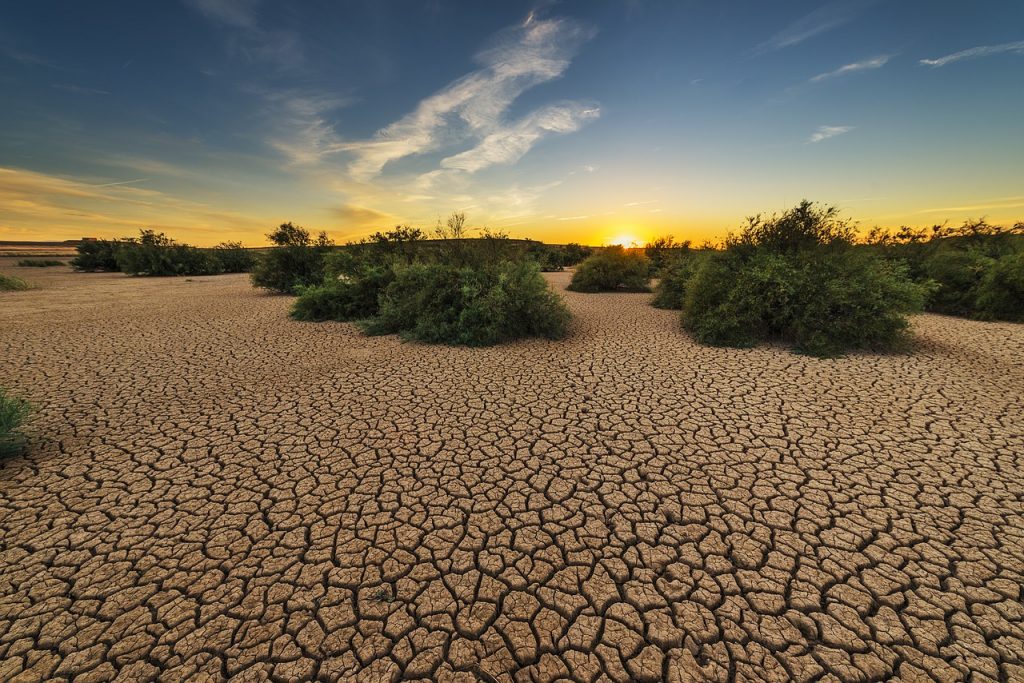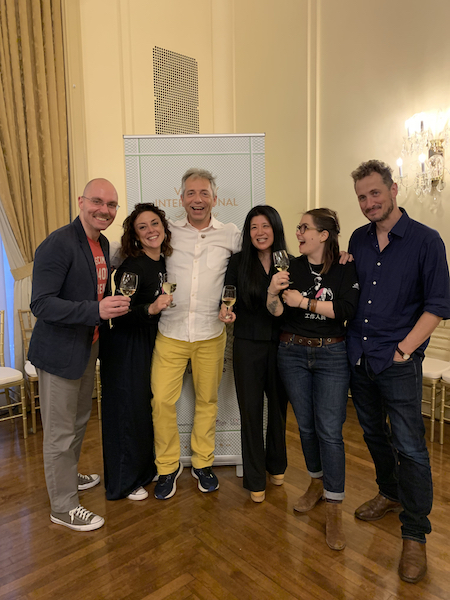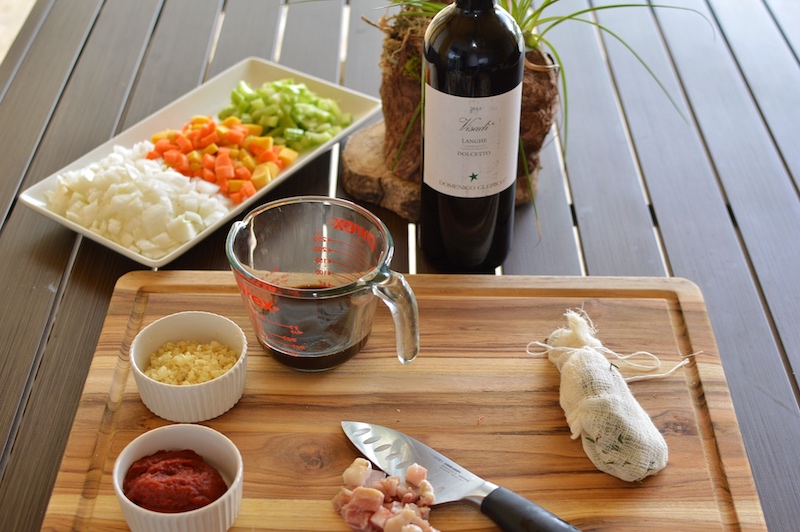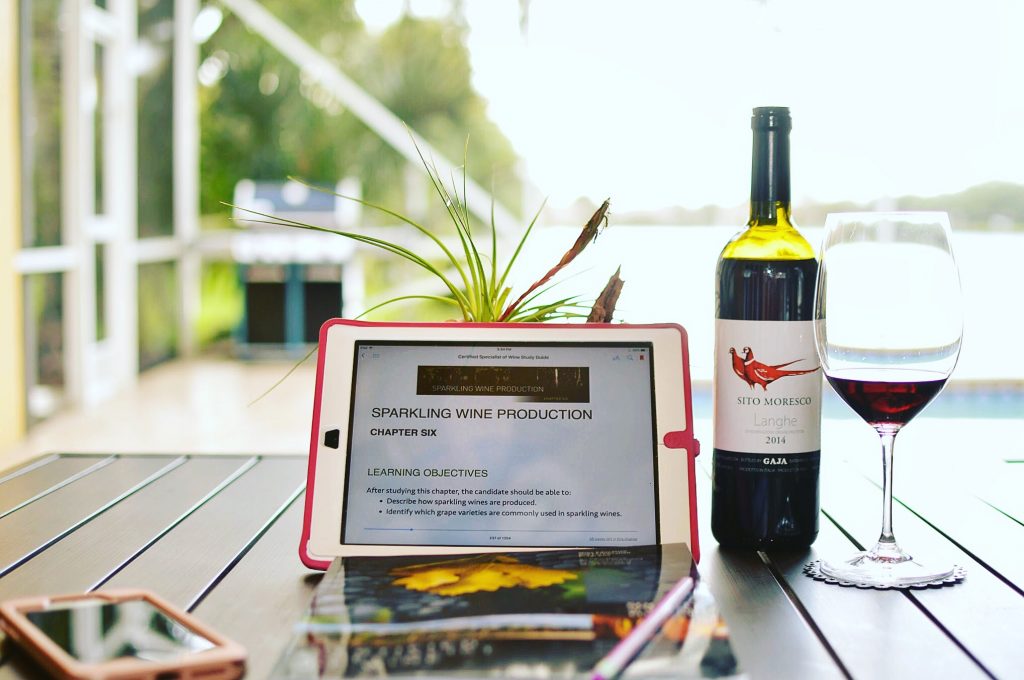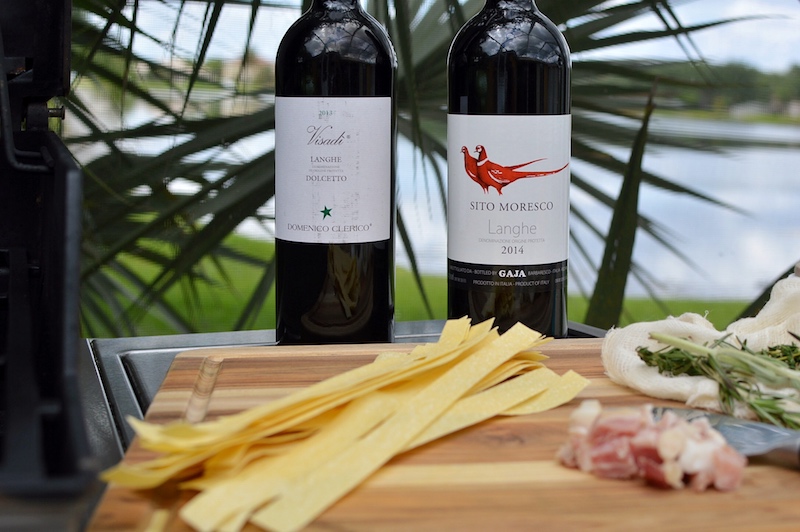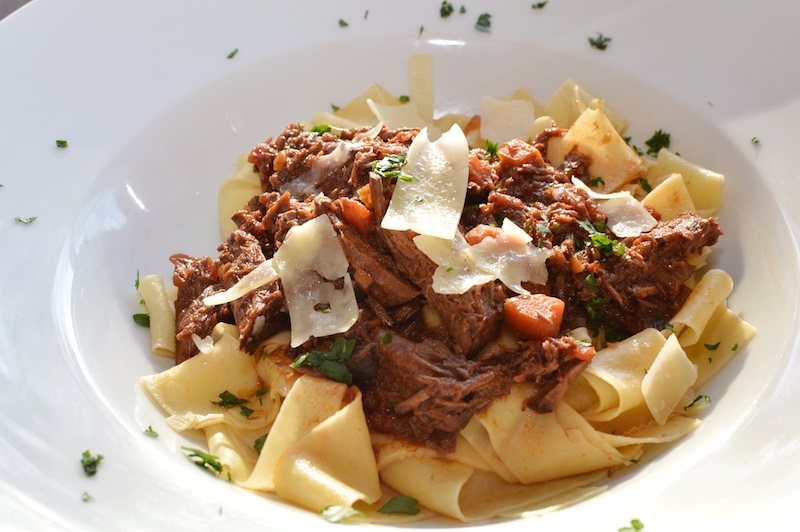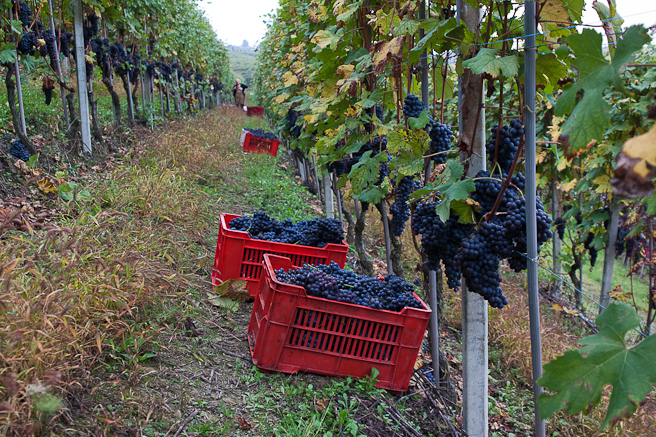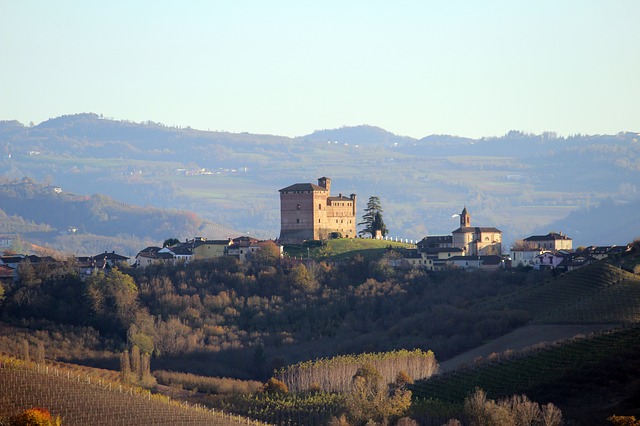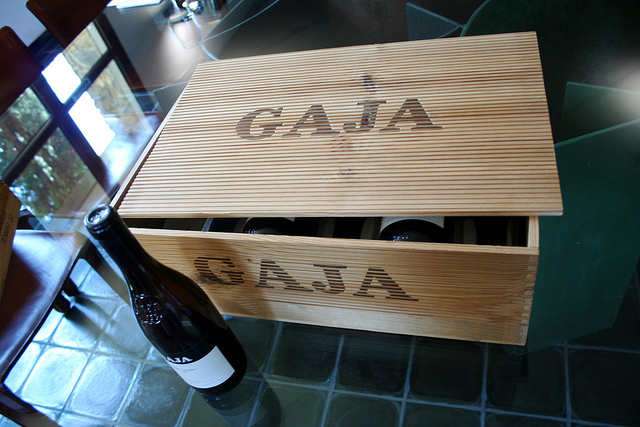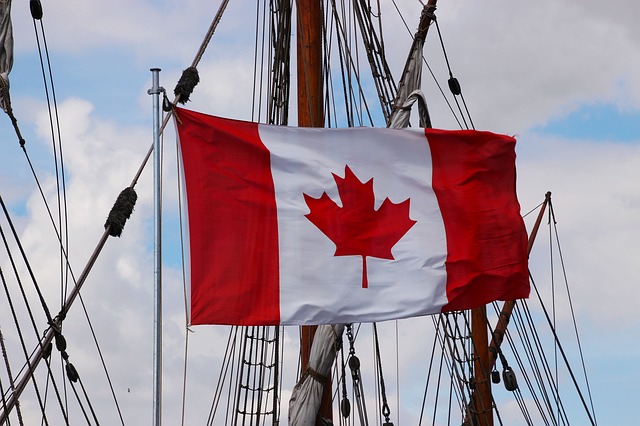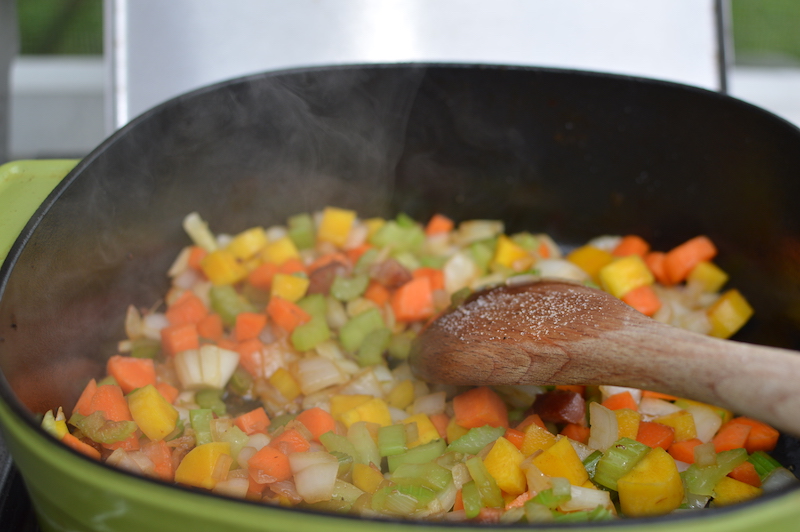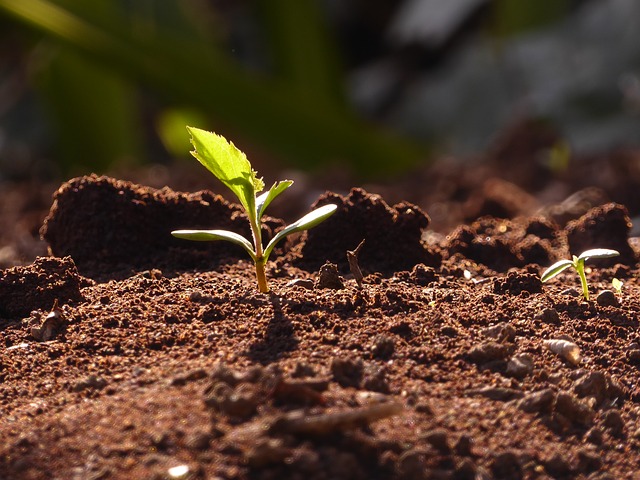Fort Lauderdale, FL…November 5, 2019…The Fort Lauderdale Home Design and Remodeling Show returns for fall on Nov. 22 – 24, 2019 to the Greater Fort Lauderdale Broward County Convention Center. Headlining the show will be lifestyle expert and craftsman, Carter Oosterhouse of TLC’s “Trading Spaces” and ABC’s “The Great Christmas Light Fight.” Oosterhouse provides green-building solutions and design alternatives that conserve energy and reduce environmental waste to each renovation project. He will present, 5 Rules of RenOVATION! at 2 and 4 p.m. on Saturday, Nov. 23 and 2 p.m. on Sunday, Nov. 24.
With cooler temperatures approaching and in anticipation of holiday family gatherings, the Fort Lauderdale Home Show will offer show-goers an opportunity to find thousands of choices, the latest interior design trends and special savings on everything needed to start home décor or renovation projects.
The Show also offers weekend feature areas and seminars designed to help owners learn design tips and improve quality of life at home:
• Designer Room Vignettes by South Florida Interior Designers, Viviana Galetto (Viviana Galetto Designs); Perla Lichi (Perla Lichi Design); Renan Rodriguez (RoZu Design Solutions); and Michael Zavala (Zaval Concepts)
• Let’s Try and DIY with Galey Gravenstein a DIY Designer and Instagram sensation @galeyalix
• Closet Envy: How To Organize Like The Pros. Meet Beth Levin, Closet Queen®, a Golden Circle member of the National Association of Professional Organizers (NAPO) who has been featured on HGTV’s “Mission: Organization”!
• Today’s Market and Tomorrow’s Future in Real Estate. Explore the latest market stats with Jeffrey Levine, President of the Realtors® of the Palm Beaches and Greater Fort Lauderdale, for a fresh outlook on where the market is heading as we enter 2020.
• Kids Creative Critter Corner by STEAM/Environmental Education Program, Broward County Parks and Recreation.
• Property Tax Savings Exemptions with Marty Kiar, Broward County Property Appraiser
• Your Money & Your Mortage: Insights and Solutions presented by Merrill Lynch/Bank of America’s Carolina F. Benzadon, CFP®, CPFA, Financial Advisor, Senior Portfolio Advisor; and Roy Mandke, Wealth Management Lending Officer, NMLS ID:982922, Bank of America
For information and updates, visit www.homeshows.net and follow on social media for updates @FLHomeShows #FLHomeShows. Purchase tickets online by Thursday, November 21st and SAVE $3.00. Admission: $10.00 adults; $1.00 children 11 and under, available online and at the Box Office.
Fort Lauderdale Home Design and Remodeling Show
- The Greater Fort Lauderdale Broward County Convention Center
- 1950 Eisenhower Blvd, Fort Lauderdale, FL 33316
- www.homeshows.net
- 305.667.9299
- @FLHomeShows Instagram & Twitter
FloridaHomeShow on Facebook
- Nov. 22-24, 2019
- Friday 4:00 – 9:30 p.m.
- Saturday 12:00 – 9:30 p.m.
- Sunday 12:00 – 7:30 p.m.

